




Cultiv8 is an innovative, new fruit and vegetable waste recycling system, extracting seeds, pits, stones and roots from business and consumer fruit and vegetable scraps, planting and growing these to create fresh produce from what otherwise would have ended up in landfill. Cultiv8 aims to redefine food waste through educating consumers and businesses on the issues of food waste and food insecurity in the UK, which are counteractive problems that need to be solved. The following Strategic Marketing Plan will provide evidence for the opportunity through situational analysis, consisting of research into the present macro/micro environments and consumer trends. Key identified trends amongst consumers and businesses include Climate Consciousness, Cost-of-living Contemplations, and Ethics Check. Additionally, market analysis has been conducted to determine competitors to be able to differentiate the brand and correctly position it in the market. Target businesses and consumers have been defined, as Cultiv8 operates both B2B and B2C. From this research, a set of marketing objectives for year 1 and year 3 have been defined, to be able to shape and form the marketing mix for the brand correctly. A timeline of the marketing activity for the first 3 years of the brand has been created, and financial elements, including costs, funding sources and potential for profits, have been considered. This Strategic Marketing Plan provides a strong foundation for the Cultiv8 brand, to be able to work on the Communications Strategy and Portfolio next semester.
Introduction
Problem Statment
The Facts & Market gap
The Concept
Technical research
Situational Analysis
Macro & Micro Trends
Insights & Rationale
Project Aim
Market Analysis
Competitor Analysis - B2B & B2C
Consumer Research
Target Businesses & Consumers
Marketing Objectives
The Brand
Purpose, Vison & Mission
Brand Identity & Values
Brand visuals
Marketing Mix
Product
Process & Counsumer Journey Map
Price
Place
Physical Evidence
People
Promotional Campaigns
Considerations
Timeline
List

Nearly 10 million tonnes of food are wasted annually in the UK, when 1 in 5 of the population are experiencing food insecurity. The way we think about food waste needs to be changed.
(WRAP, 2022)
According to WRAP (2022), the 10 million tonnes of food thrown away by the UK every year is composed of:


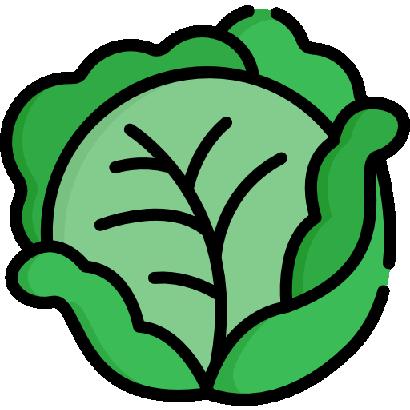
Fruit
27% Vegetables
23% Leafy greens

of UK households are throwing away the same or more food than last year UN Sustainable Development Goal 12.3 aims to 1/2 food waste at retail and consumer levels by 2030
In the UK, 70% of the food we throw away each year in our household bin was intended for consumption and could have been consumed (WRAP, 2018). This is due to miseducation and misconceptions around expiry dates and expired food, as well as impulse overbuying (Di Talia et al., 2019; Liao et al., 2022). This volume of food is enough to make 7 billion meals, which could help to feed the 14 million people in the UK that cannot afford, or cannot access, enough food to eat (FareShare, 2023).
Food production is a damaging industry, with agriculture using 70% of global freshwater (WRAP, 2022). The overproduction of food, which occurs due to the high volumes of food wasted globally, is responsible for up to 80% biodiversity loss through destruction of natural habitats for agricultural land (WRAP, 2022). Additionally, high carbon emissions in food production are a contribution to climate change, and these processes can also cause air and water pollution (UN, 2022).
The gap in the market is for an exciting and innovate food waste recycling service with a focus on circularity and education on food waste and food insecurity, where businesses and consumers can see the sustainable impact they are making through changing their behaviour around food waste.
At present, there has been an increased focus on the redistribution of surplus food at stages in the supply chain (farm, manufacturing, and retail levels), but this is just one aspect of food waste (FareShare, 2023). The food waste hierarchy is a legally enforced framework on companies, requiring them to reduce the volume of food waste, and redistribute food before it is disposed/recycled (FareShare, 2023). However, it is not clear how this is enforced and whether or not enough businesses are committing to this to make an impact. Anaerobic digestion is the commercial food waste recycling method usedby local councils, who collect household food waste, and private waste companies who collect waste for businesses (Ealing Council, n.d.). It is however unclear how much of this food waste actually gets recycled and the positive sustainable impact is unknown. Additionally, for households, food waste collection service is not yet offered by most councils.
Cultiv8 offers an innovative, new approach to food circularity, focusing on education, community, and giving. Cultiv8 transforms commercial and consumer fruit and vegetable scraps, replanting and growing them, to give fresh produce. This fresh produce can either be sent back to the business/consumer for them to use, creating circularity in the process, or they will have the option to donate the fruit and vegetables to food banks, through Cultiv8’s charity partners, giving back to those who need it in times of global food insecurity.
The website, app and social media will be full of education resources on many topics – food waste, food insecurity, plants, cooking with/making the most out of fruit and veg scraps and horticulture. Additionally, leaning into the education aspect of the brand, Cultiv8 will offer on-site courses and team building days in horticulture and cultivation. The possibilities of the Cultiv8 brand are endless, with the purpose of redefining food waste at the forefront.

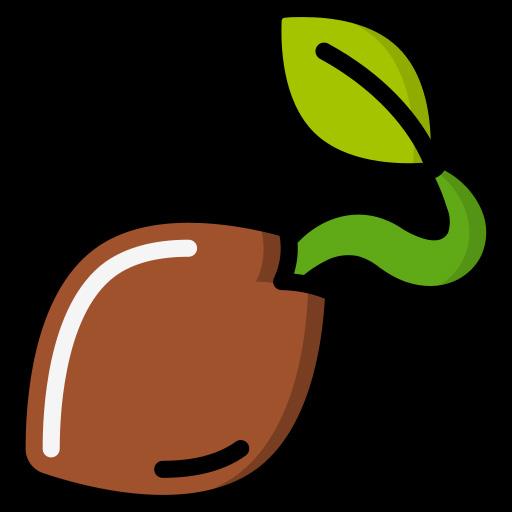


An innovative and new circular food waste recycling service, growing fruit and vegetables from scraps and waste, with a focus on redefining food waste.
The plants are grown, carefully monitored by the team. This can take years. 5: HARVEST
The grown produce is checked and harvested.
PRODUCT The fruit and vegetable products are sorted and stored for freshness.


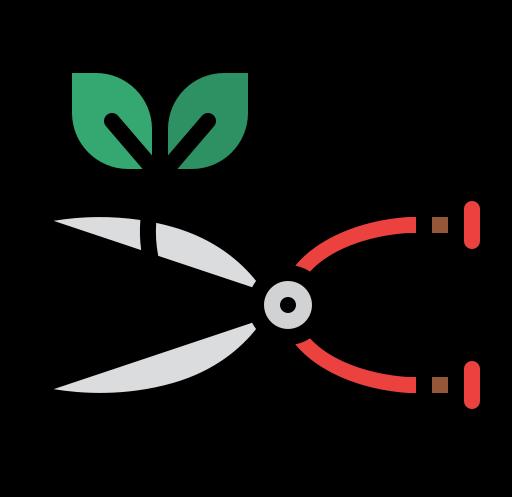


The produce is donated to food banks in London.
Education resources will be available on the app and website for all.


Technical research into horticulture is vital to the success of this project and understanding the industry and market. With fruit, the seeds or pits can be harvested and replanted. With vegetables and herbs, cuttings and roots can be replanted and propagated (Reilly, 2020). Almost all fruits, vegetables and herbs can be regrown, although it can take around 2 years for some produce to grow (Reilly, 2020).
It is important to note that commercially grown fruits, like those bought from supermarkets, are often hybrid breeds. This means that the seeds from these fruits may be sterile and can cause unpredictable produce (Reilly, 2020). It is important to communicate to the consumer that not all scraps may produce viable plants and fruit. To overcome these potential barriers, the consumers will be able to track the progress of their plants through the Cultiv8 app.
Anaerobic digestion is at present the most common food waste recycling method. To be able to enter the market, it is important to understand the methods and products offered by competitors. Anaerobic digesters process organic matter into 2 products – biogas and digestate (EPA, 2022). The energy produced from the biogas can be used for electricity, heat, and vehicle fuel (EPA, 2022). It is a good alternative to non-renewable fossil fuels (Chen et al., 2008). Digestate, which is the leftover undigested material, can be used as fertiliser, for crop irrigation or for animal bedding (EPA, 2022). Whilst this is a sustainable method, this has been around for years with no innovative developments, and is primarily used on commercial scale, with limited option of food waste recycling for consumers.


The ever-worrying climate emergency urges consumers to reflect on and change their wasteful and environmentally damaging habits. Consumers are responding to the issue by integrating sustainable, circular practices into their everyday lives (Drenik, 2022). Search data published by Google in 2022 showed an increase in environment conscious search terms, such as ‘recycling’, ‘waste collection’ and ‘landfill’ (Buxton, 2022). With Google being the chosen search engine for the majority of UK consumers, this provides an insight into what they are seeking information about and could use more education in (Buxton, 2022).
The COVID-19 pandemic, which has shaped almost every aspect of the consumer lifestyle, also contributed to this trend, posing as a time for reflection on people’s environmental impact and practices (Mastercard, 2021). Social media has been a core channel for communication of climate change issues and has increased awareness by an estimated 30% (Mastercard, 2021).
Businesses, as well as consumers, are increasing their transparency and traceability in response to the increased demand from consumers for sustainable practices. As of 2021, 60% of large companies had published reports detailing their sustainability efforts, practices, and commitments (United Nations, 2022).

The cost-of-living crisis that has arisen in the UK in recent years has caused many shifts in consumer behaviour surrounding waste and food. In a survey conducted by WRAP (2022), 67% of consumers said they are more likely to reduce food waste after discovering that this can help reduce their costs during the cost-of-living crisis. This additionally demonstrates how, education around the impacts of issues and benefits of the solutions to food waste can help to change behaviour. In relation to this, ‘grow your own’ has seen an increase as a result of consumers trying to reduce costs, however a survey found that 38% of consumers do not have any gardening knowledge or experience (Collabfund, 2021).
An additional change in consumer behaviour during the cost-of-living crisis is the increase in charitable donations from those with higher disposable incomes (CAF, 2020), demonstrating the increase in ‘Care-Taking’ trend identified by Hall (2022). Consumers are seeking products and services that help them help other people, with the cost-of-living crisis and COVID-19 being big drivers of this trend (Hall, 2022).

Hospitality industry has seen a rise in no-waste and selfsufficient restaurants (Szymanska and Laughlin, 2015). For example, restaurants implementing composters and growing their own produce on site (Matchar, 2020). This shows how food providers and businesses are identifying the consumer demand for sustainability in the businesses they consume. A potential opportunity from this trend could be for the businesses that desire to do these things, but cannot logistically do it themselves or on site. This trend of food upcycling has also been seen in businesses that redistribute surplus or ‘ugly’ fruit and vegetables that won’t be sold by retailers. Additionally, there has been an increase in companies and brands thinking creatively about food waste, for example creating compostable packaging fashion products from fruit peels and mushroom mycelium (Inguglia, 2021).

In recent years, as a consequence of the climate crisis and increased consumer knowledge of social issues present in supply chains, there has been an increased consumer demand for brands to show their commitment to ethical issues and progressing change (Mintel, 2022). Mintel’s research (2022) also showed that 61% of consumers would rather buy from ethical businesses that will help to make a change in the world. However, ethical claims need to be transparent and traceable for consumers, as research from Lin et al. (2017) demonstrates that transparency from ethical brands increases perceived ethical value, and hence brand loyalty. Businesses need to consider the consumer demands whilst remaining honest and transparent when making ethical and sustainable decisions.

Vulnerable supply chains and environmental concerns are urging brands and consumers to think pro-planet and pro-people when considering food (Bishop et al., 2021). Supply chain disruptions caused by COVID-19 has forced businesses to source locally and maximise available resources (Bishop et al., 2021).
This has been seen in recent news through Sainsbury’s decision to remove use by dates from 300 lines of fruit, vegetables, and dairy products (Goncalves, 2022). This demonstrates a great effort from one of the biggest food retailers in the UK to change consumer mindsets around food waste, as Di Talia et al. (2019) identified confusion around use by dates as a core cause for food waste.
The redemptive diets trend can also be seen in the huge increase in vegan and vegetarian dietary choice by consumers in recent years. Between 2014 and 2019 in the UK, the number of vegans quadrupled (The Vegan Society, n.d.). Data sourced from Google Trends shows the UK as the country with the second highest search rate for terms ‘vegan’ and ‘veganism’ demonstrating the interest in pro-planet diets and decisions around food amongst UK consumers (Google Trends, 2023).
Following the ROI framework (Research, insight, opportunity) the trend research conducted will now be analysed to discover the opportunity in the market and form the rationale for the Cultiv8 project. To support the trend research, a PESTLE analysis has been conducted in appendix A, which helped as a starting point to the trend research by considering present elements of the macro environment.
The climate crisis and subsequent climate consciousness amongst consumers is an overarching trend and can be said to be the root driver for the micro trends identified. Therefore, the impact on the environment needs to be considered at every step of this project, putting people and planet at the forefront of every decision. Looking at this with regard to food waste, the redemptive diets trend demonstrates that consumers are thinking differently about food already. The research into the problem of food waste and food insecurity presented in the introduction demonstrates a need for an innovative and new food waste recycling service, that gets consumers and businesses talking and excited about the idea of getting something out of food waste.
The cost-of-living crisis has identified a consumer desire for care and charity, from those with higher disposable incomes to those who are suffering. This research presents an opportunity to appeal to the busy consumer that does not have ample time to physically commit to charitable activities such as volunteering, but still wants to make a difference and help those less fortunate. This also fits into the identified issues around ‘grow your own’ and presents an opportunity for a service that provides education around horticulture and takes the effort of this away from the busy consumer, doing it for them.
There is also evidence of businesses taking steps towards food circularity, with the Trash to Table and Redemptive Diets trends that have been identified in the research. Whilst this mainly comes from consumer pressure for change from businesses and the products/services they consume from these, there is evidence from the Trash to Table trend, and Sainsbury’s removal of use by dates that more genuine sustainable choices are being made by companies. Additionally, Drenik (2022) notes that to be successful as a sustainable business authenticity and transparency are crucial, whilst always sticking to the brand mission, presenting the opportunity for a service that helps brands present their values and corroborate their sustainability claims.
It is for these reasons and identified insights that Cultiv8 will provide both B2B services as well as B2C, as there is opportunity among both markets for an innovative food waste recycling service that allows individuals and companies alike to demonstrate their efforts towards making a change in the world, whilst helping those in need along the way.
An innovative and exciting approach to food circularity for both businesses and consumers, allowing them to verify their sustainability claims, help others and learn more about food waste and food insecurity
This project aims to redefine food waste and spark conversations around food insecurity, through creating a brand which provides a new and innovative food waste recycling service, growing fresh produce from fruit and vegetable scraps.

Looking at the Ansoff Matrix in appendix B, Cultiv8 has been classified as the ‘Product development’ part of the matrix. This is because, it is a new product, launching in an existing market – commercial food waste collection. This is lower risk as there is already a market for similar products but being a new and exciting service will hopefully shake up the market and position Cultiv8 above its competitors. Also, trend research has shown the opportunity for innovative sustainable ideas for the hospitality industry to verify their sustainable claims. The direct competitors identified are commercial food waste recycling services, such as Biffa and Veolia. There have been no indirect competitors identified as such for the B2B market. A strategic brand analysis of these, providing justification for the positioning map on the following page can be found in Appendix C.
To be successful in the waste recycling market and differentiate from its competitors, Cultiv8 will, for the B2B aspect of the business, focus on the innovative and exciting, new nature of the process. Business consumers will be able to access resources about the Cultiv8 process to display on their websites, portraying their sustainable values and demonstrating transparency in their supply chains. The target businesses will therefore be larger food retailers/restaurant chains looking to differentiate themselves from nonsustainable competitors, but also smaller, newer, sustainable food retailers/ cafes/restaurants looking to establish themselves as leaders in food circularity.
The positioning map shows Culiv8s positioning in line with its identified competitors, with price on the X axis and ‘positive sustainable impact’ on the Y axis. These have been chosen as the variables as Cultiv8s differentiation is the innovative sustainable nature of the service. The higher price positioning reflects this and also will help refine target business.
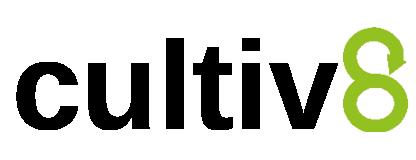



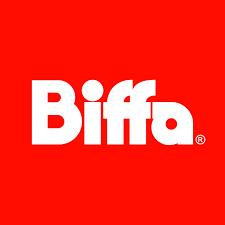

Council food waste collection services would be the direct competitors, being a food waste recycling service, however this is a service only available in certain councils and is paid for by council tax. Therefore, to identify competitors, Maslow’s Hierarchy of Needs (appendix E) has been used to identify what brands satisfy the same consumer needs as Cultiv8. From this, Cultiv8 aims to satisfy ‘esteem’ needs of the consumer, fulfilling them with the confidence that they are doing what they can for the environment. For this reason, surplus fruit and vegetable deliveries have been identified as direct competitors, as they are targeting the same consumer base and consumer needs as Cultiv8, and council recycling services as indirect competitors. A strategic brand analysis which provided reasoning for the positioning map can be found in appendix F. In the B2C market, Cultiv8 lies in the diversification segment of the Ansoff matrix, due to the new nature of the service process, in a new market for all consumers to access – food waste collection recycling (Appendix D).
During research, a business in Leeds has been discovered, called Plate2Plate Compost, which are a small business that collect food waste from local Leeds business and houses to turn into compost. They provide this service as it is not provided by Leeds City council. This has been identified as a direct competitor, however, Cultiv8 will be based in London to begin with and the USP of the innovative nature of the Cultiv8 recycling process will ensure it remains competitive and has a higher market share.
To differentiate in the B2C market, like in the B2B market, Cultiv8 will focus on the innovative, exciting nature of the concept. The education materials available and the wealth of resources on the website and app will also serve as differentiation from competitors. Also, the option to donate produce to food banks differentiates the brand by satisfying the charity and caring needs of the consumer. Consumers will be able to track the growth of the plants formed from their waste on the interactive app and will be able to visit the Cultiv8 site to provide full transparency in the process.
The following positioning maps show Cultiv8’s target positioning in B2C markets, in relation to its direct competitors (surplus fruit and vegetable delivery companies) and indirect competitor (Council recycling services). The axis have been chosen as price on X axis and positive sustainable impact on the Y axis, the same as for the B2B market, as the newness of the recycling concept still remains Cultiv8’s main differentiation from its competitors. In order to remain competitive in the market, Cultiv8’s pricing sits mid-high compared to the surplus fruit and vegetable deliveries. This also considers the time it takes to grow the fruit and vegetables and obtain a physical product, should the consumer choose to have the product sent back to them, as this has been identified as a potential barrier. However, consumers are investing their time and money into the future of sustainable food waste recycling. The mid-high price point will be taken into account when refining the primary and secondary consumers, specifically due to the cost-of-living contemplations trend that has been identified.

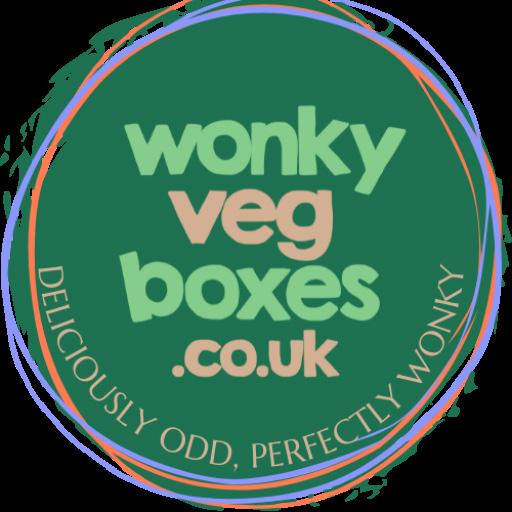




Secondary consumer research, using journal articles and some websites, has been conducted to further investigate certain factors of the strategic plan and to determine the best consumer market segment to target. In combination with the trends identified in the situational analysis and the competitor analysis, this provides a good basis to identify appropriate target consumers. It was decided to not conduct primary research in this circumstance, as it may have been hard to access potential businesses and consumers and would not have been effective research.

The research showed varying responses in the consumer awareness of food waste issues. A survey conducted by Drenik (2022) concluded that 61% of consumers deemed reducing their waste important. This is slightly conflicted by research by Di Talia et al. (2019), who suggested that the main cause for food waste issues are “unaware but not wasteful consumers” who are cautious about their waste production but are not fully educated on what to do and the impacts of their actions. It is clear that increased consumer awareness around food waste and food insecurity is needed in the UK.

Research by Di Talia et al. (2019) showed that households with adolescents produce the most food waste, which is not surprising as families tend to be busy and children’s eating habits are unpredictable. Therefore, busy families will be one of the consumer segments targeted by Cultiv8. Research also suggested that young adults tend to be the most wasteful with food, and that the older generation are more cautious (Wojciechowska-Solis and SmiglakKrajewska, 2020).

There has been research conducted by academics proving educational campaigns to be effective in changing behaviour around food waste (Wojciechowska-Solis and Smiglak-Krajewska, 2020). Research by Soma et al. (2020) looked at the difference in the effects of passive education methods – i.e. posted brochures and leaflets – community engagement activities, information campaigns and gamification in educating consumers about reducing food waste. They discovered that engagement activities were the most effective, followed by gamification, which has seen growth in recent years. Cultiv8 will incorporate engagement activities through the on-site tours, team building days and horticulture courses that will be available, and the gamification aspect will come into play through the app, where the consumers can track the growth of their plants. The use of apps as helpful education tools in food waste is corroborated by Di Talia et al. (2019) who also note the importance on focusing on how to reduce and reuse leftovers as an important aspect in reducing food waste.
In line with the education aspect, Mintel (2022) suggested that using statistics and metrics can be used to help persuade consumers towards making ethical and sustainable choices, as it helps them to quantify, understand and evaluate their impact. Therefore, Cultiv8 will use statistics in the promotional campaigns and materials on the website and app.
• Large restaurant chains with sites in London
• Starting to make sustainable claims and promises
• Want to appear more sustainable and convey this to customers
• Want to differentiate in market
• Customer base is large and varied, but includes the climate conscious customerdon’t want to lose this demographic
• Has a head office with a buying/supply chain/sustainability team
• Interested in team building days
Gains: Larger market share, maintain climate conscious consumers, a relationship with an innovative, exciting sustainable brand
Pains: Nothing new/innovative on the market to differentiate from competitors, difficult to do more in house
Customer Jobs: Appeal to conscious consumers, reduce environmental impact, increase transparency
A more detailed value proposition model for the primary business consumer can be found in appendix G, further detailing the gains, pains and jobs of the business consumers and how Cultiv8 can benefit them.
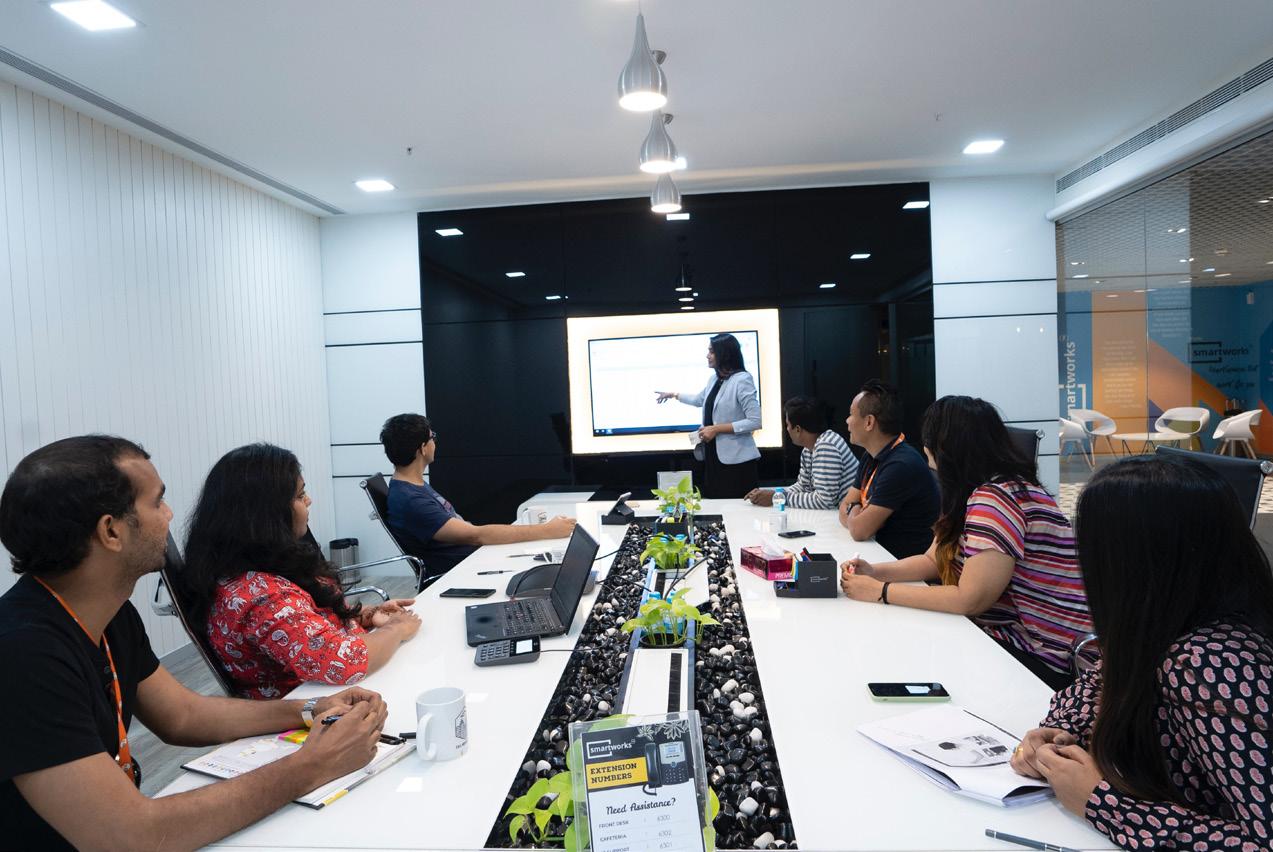



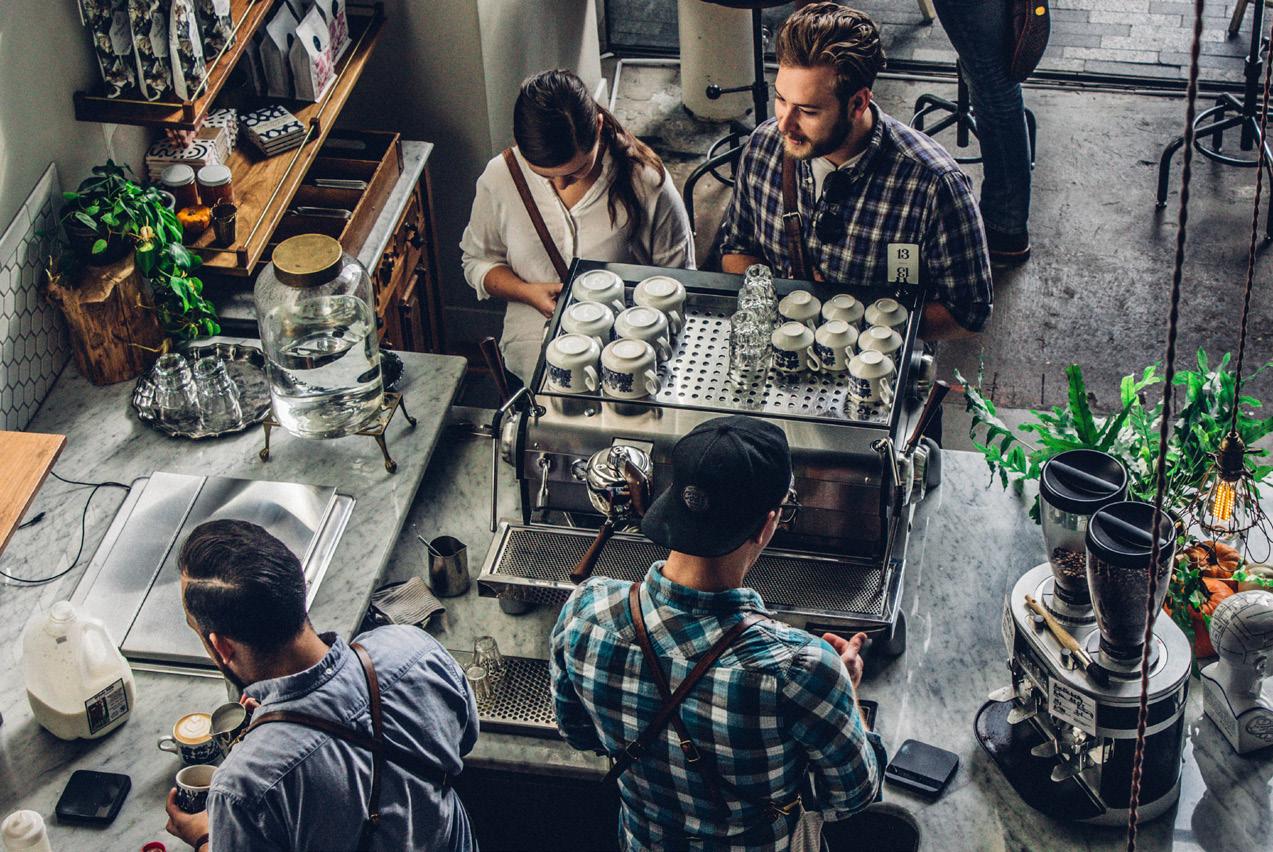





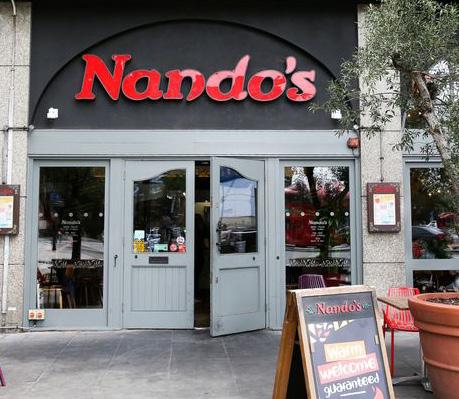

• Small, independent London based restaurants, cafes, sandwich shops
• Already making sustainable efforts
• Could be minimal/no-waste, self-sufficient, or vegan/vegetarian based
• Customer base is mid-high disposable income as menu offerings are mid-high price range
• Customers are young, climate conscious professionals
• Small employee team, all passionate about the business and the environmental impact they have
• Looking for more information and education on their environmental impacts
• Young professionals and couples, no children
• Live and work in London, in finance or traditional profession
• Medium-high disposable income
• Climate conscious and ethically aware
• Busy, not home during daytimes in the week
• Vegan/vegetarian
• Enjoys cooking, going for walks, getting out of the city
• Technologically inclined and interested in new sustainable technologies
• Social, enjoys spending time with friends and family
• Innovators/Early adopters of trends (Appendix I)
Gains: Self-esteem, more time for self after work, making the most of out of the food they spend their money on
Pains: No way of recycling food waste in the home, busy, no time to ‘grow your own’, sustainable practices often require time and effort
Customer jobs: Cooking, food shopping, reduce environmental impact, do recycling, dispose of waste
A completed value proposition canvas for the primary consumer of Cultiv8 can be found in appendix H.

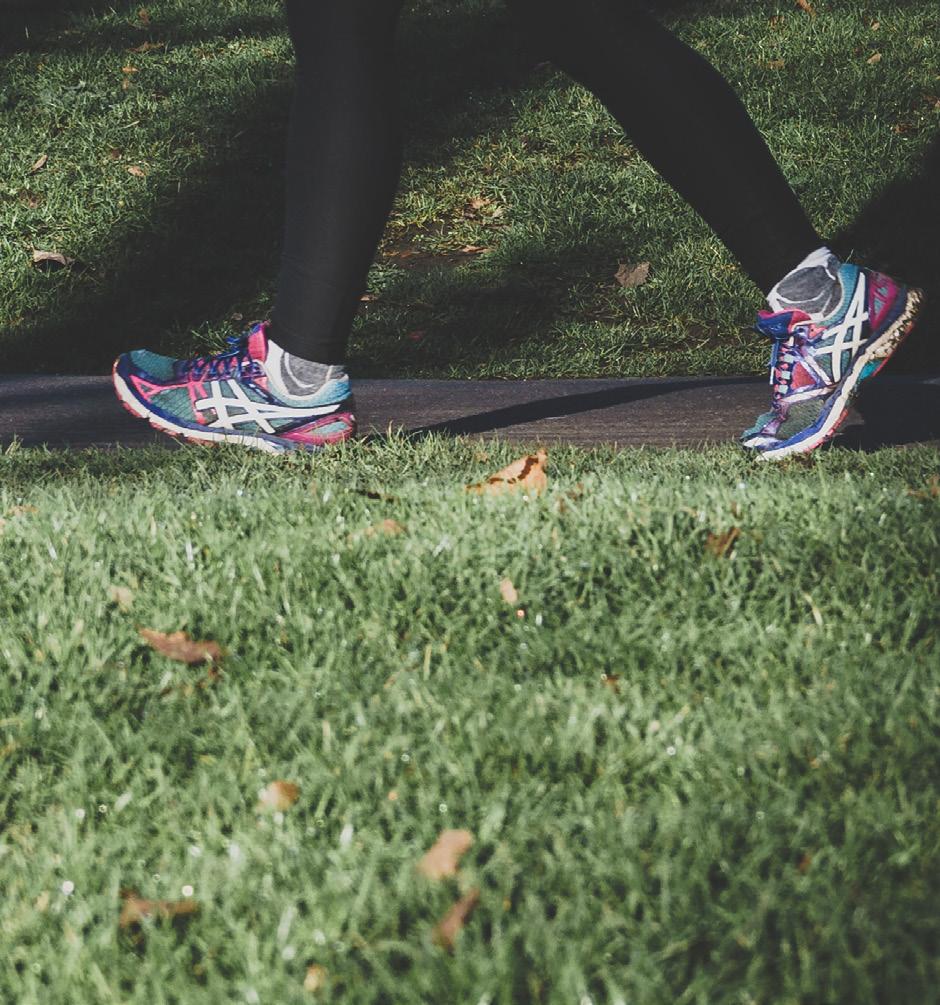


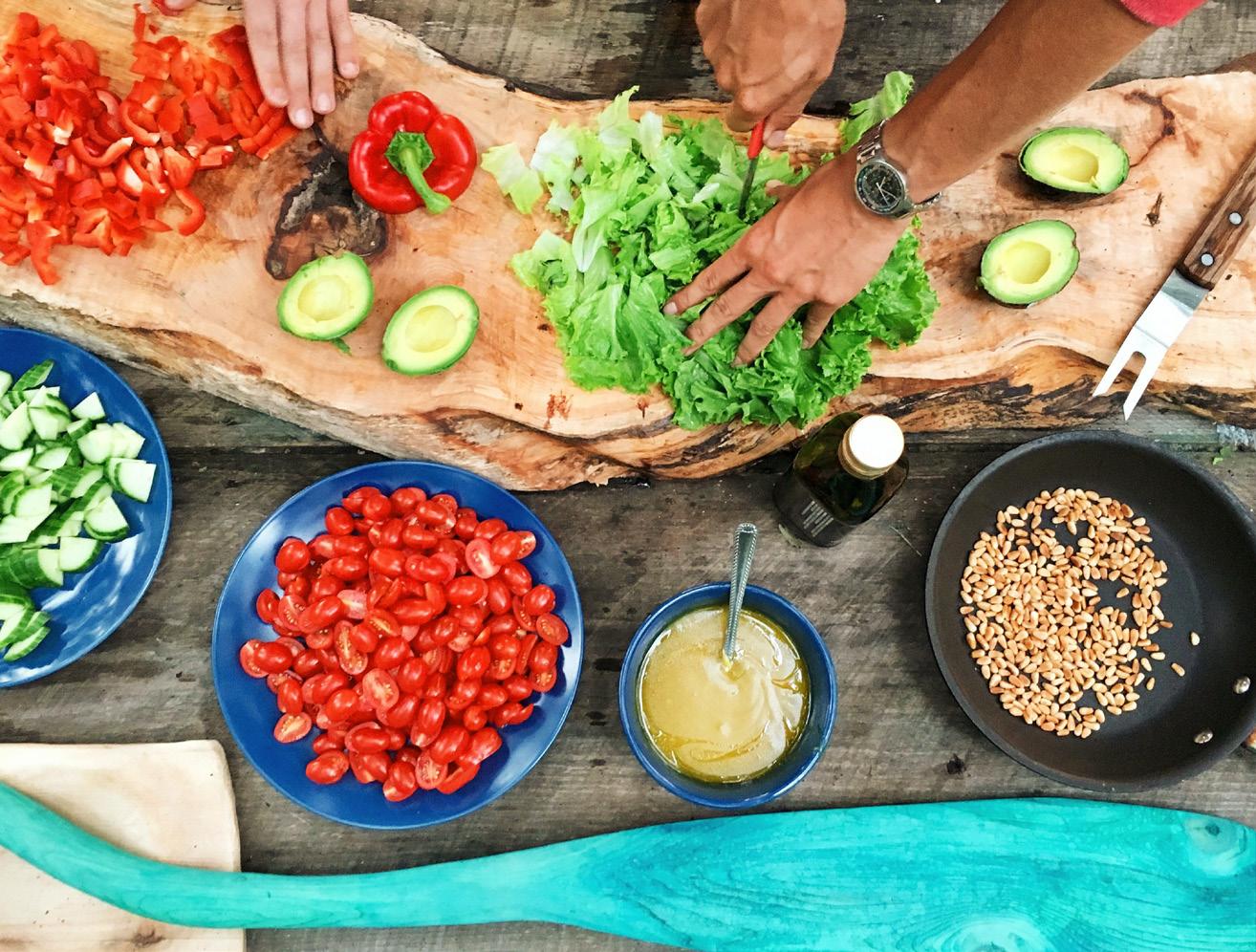



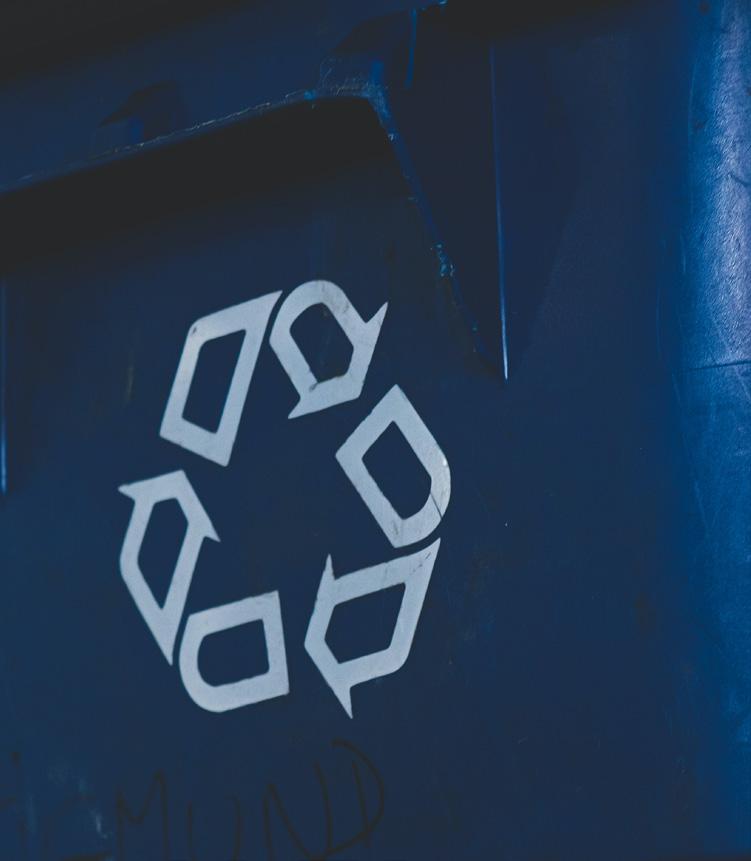
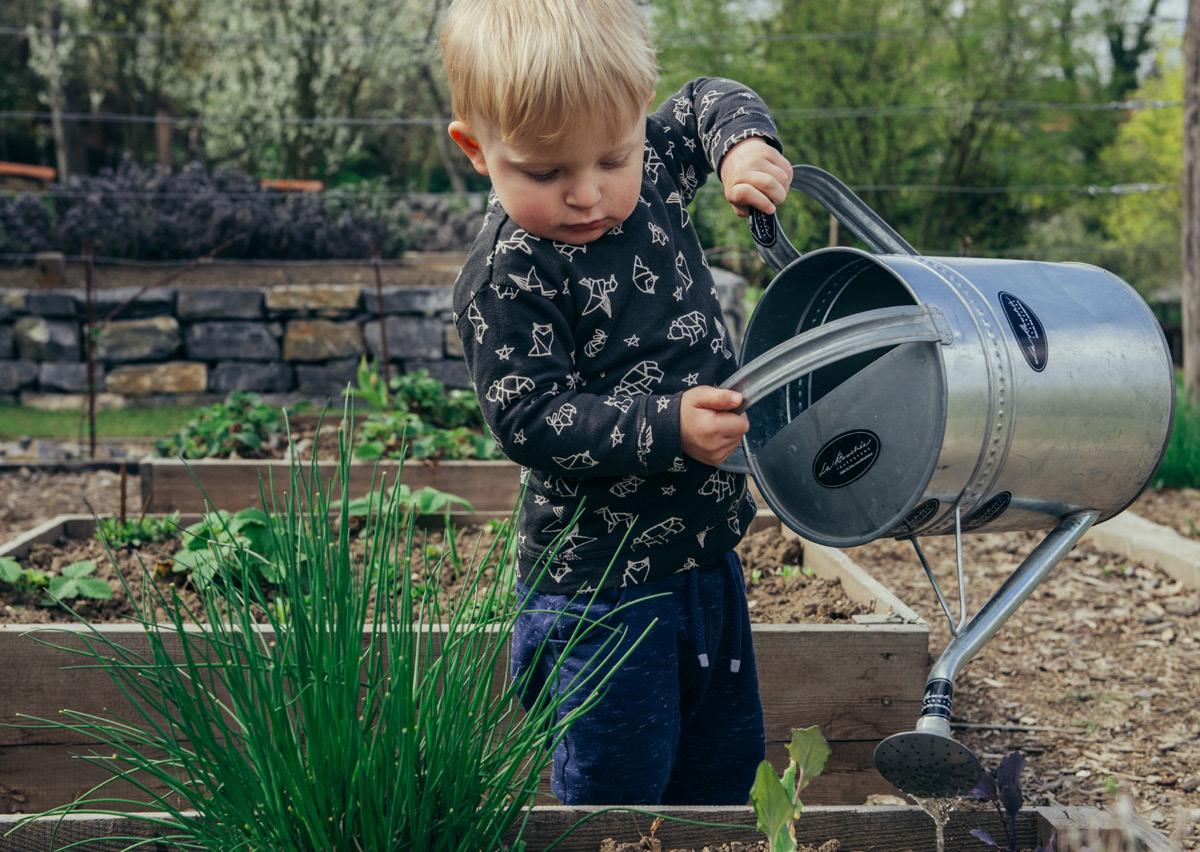

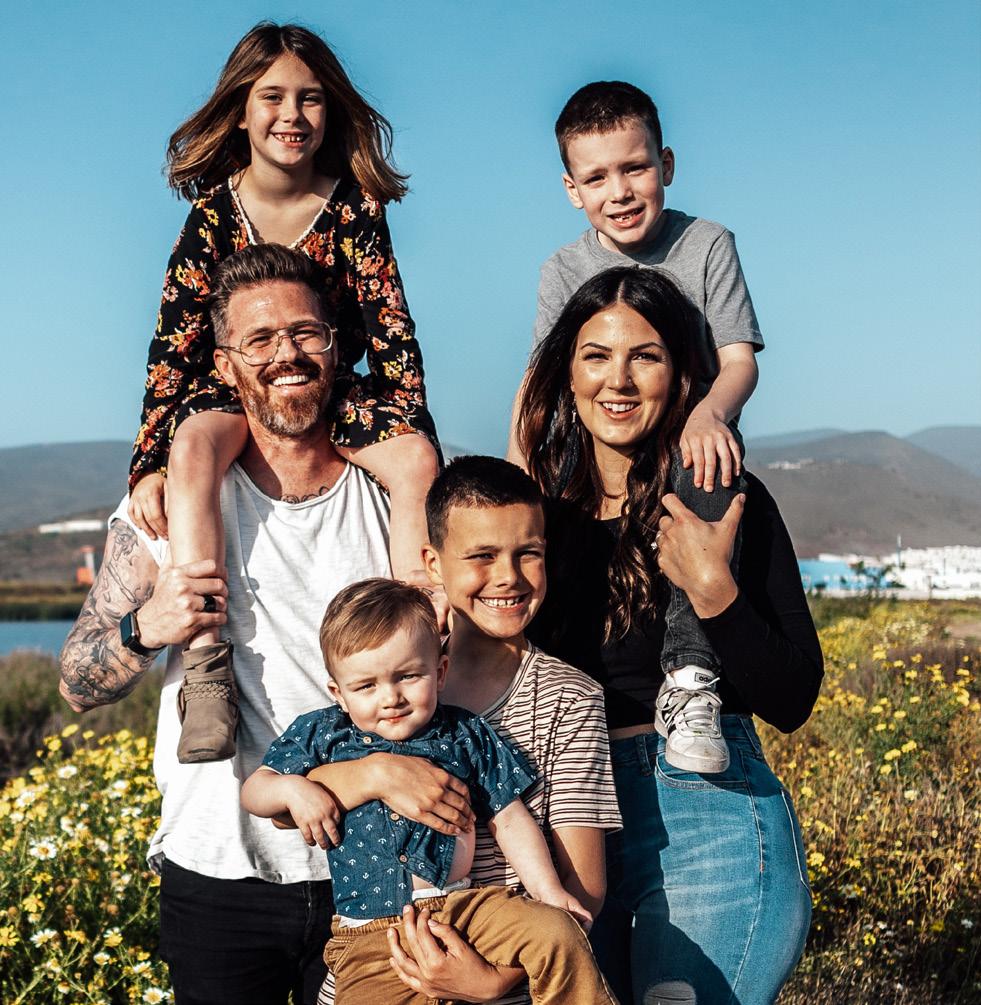
• Families with children
• Living in and around London/home counties
• High disposable income
• Currently try not to be wasteful but want to learn and do more
• Want to learn more about and reduce their environmental impact as a family
• Want their children to understand their environmental impacts and learn about food insecurity
• Want to help other people and are aware of their privilege
• Enthusiastic about seeing and making a change
• Busy, but spend a lot of time in the home and kitchen
• One parent working full time, one part time/unemployed
• Early adopters of trends (appendix X)
1. Raise awareness of the issue of food waste food insecurity in the UK through traditional and social media campaigns. By the end of year 1, we aim to have 10k followers on Instagram and 100k website views.
To achieve this goal we will:
• Create a powerful, shocking, and inspiring traditional and social media campaign to target B2C consumers, this will also reach employees of our target businesses
• Utilise facts and statistics to quantify impact of food waste and insecurity
• Launch social media pages and website, containing informative videos and posts on food waste, insecurity, climate change, plants, cooking with/making the most out of fruit and veg scraps and horticulture
2. Launch Cultiv8 in the London area as a new, innovative food waste recycling service. By the end of year 1, we aim to have 300 consumers signed up to Cultiv8 and sending us their food waste. We aim to have built relationships with 1 large restaurant chain/ food retailer, and 10 smaller restaurants/cafes/food retailers.
To achieve this goal we will:
• Actively contact and pitch to as many desired businesses as possible, doing door to door selling to smaller restaurants and businesses on London high streets
• Build strong B2C campaigns and develop an online presence
• Develop the app ready for consumers to sign up and log their waste collections
• Contact and create relationship with Royal Mail and set up package collection process
• Develop the website
3. Have established a connection with food banks in London and have donated produce to these by the end of year 1
• To achieve this goal we will:
• Start using employee food waste initially to kickstart the business and grow produce, donating all of this to food banks. This means progress can still be made in the time it may take to gain business relationships and a consumer base, and for them to send their waste to us
• Reach out to food banks in London and visit them to tell them about the Cultiv8 brand, so that when produce is ready the process of donation can begin smoothly
1. Achieve 100k followers on Instagram and 500k website views by the end of year 3
2. Have expanded Cultiv8 from London to Manchester, opening a second Cultiv8 site, to increase reach across UK and improve sustainable impact
3. Making weekly donations to food banks in London to help combat food insecurity in the UK
4. Hosting 1 team-building day/horticulture course a month, helping spread awareness of the Cultiv8 method and brand and inspiring the community

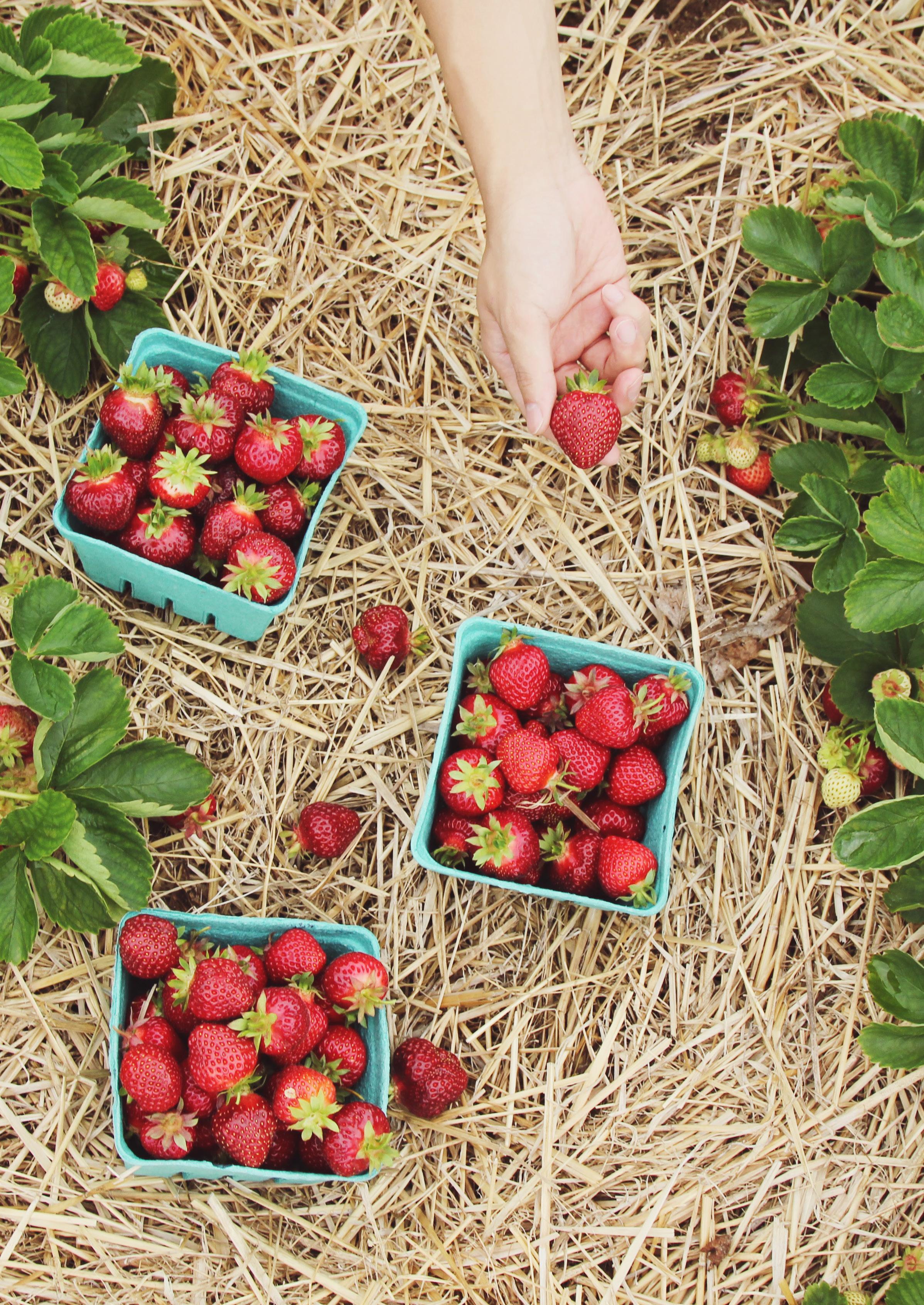
To change the way we think about food waste
To redefine food waste, reduce food insecurity and spark conversations about food circularity.
Cultiv8’s mission is to change consumer mindsets around food waste and raise awareness for food insecurity through education, reducing both of these through the Cultiv8 fruit and vegetable waste recycling method, and to be recognised as a leader in sustainable food waste recycling practices in the UK.
Following situational and market analysis, Kapferer’s brand identity prism (2003) (Appendix K) and Posner’s brand onion model (2015) (Appendix J) have been used to explore and identify Cultiv8’s brand identity and personality, to establish the set of values and commitments below. Cultiv8 will enforce these brand values across all aspects of the marketing mix to ensure cohesivity and to develop desired brand image, leading to trust and brand loyalty from consumers.
Food circularity
We aim to acheive food circularity through our fruit and vegetable waste recycling process, maximising our resources and minimising waste.
Community Cultiv8 values community and collaboration and aims to inspire connections and understanding between people from all realms of life. Everyone should be appreciated and celebrated for their differences. We will employee people who may not have equal opportunities in the workforce otherwise.
Cultiv8 is committed to increasing food secuirty in the UK through raising awareness and creating links with UK food banks.
As Cultiv8 is both a B2B and B2C business, both markets need to be considered when coming up with the name, logo, and visual identity of the brand. Initial iterations of brand name ideas and logo development on Adobe illustrator can be seen in appendix L. Cultiv8 was chosen for the dual meaning of the word cultivate, which fits with both core elements of the brand – the physical food waste recycling service and the education aspect. The number 8 was incorporated as it was felt this made it more B2B aligned, with the arrow on the 8 demonstrating the recycling nature of the brand clearly. The colour scheme has been extracted from imagery such as those below featuring fruit and vegetables. 2 tones have been selected of each orange and green to remain interesting for the B2C consumer but not overwhelmingly colourful for the business consumer. The visual branding of the website will feature clean lines, professional photography, and use of icons, like this document, to remain commercial and appeal to the B2B consumers.

• to prepare land and grow crops on it, or to grow a particular crop
• to try to develop and improve something
Sustainability is at the heart of everything we do. If we don’t look after our planet and our people, what do we have left?
Education
Education fuels Cultiv8 and our mission to reduce food waste and food insecurity. We want to provide a safe, caring platform to learn and improve.
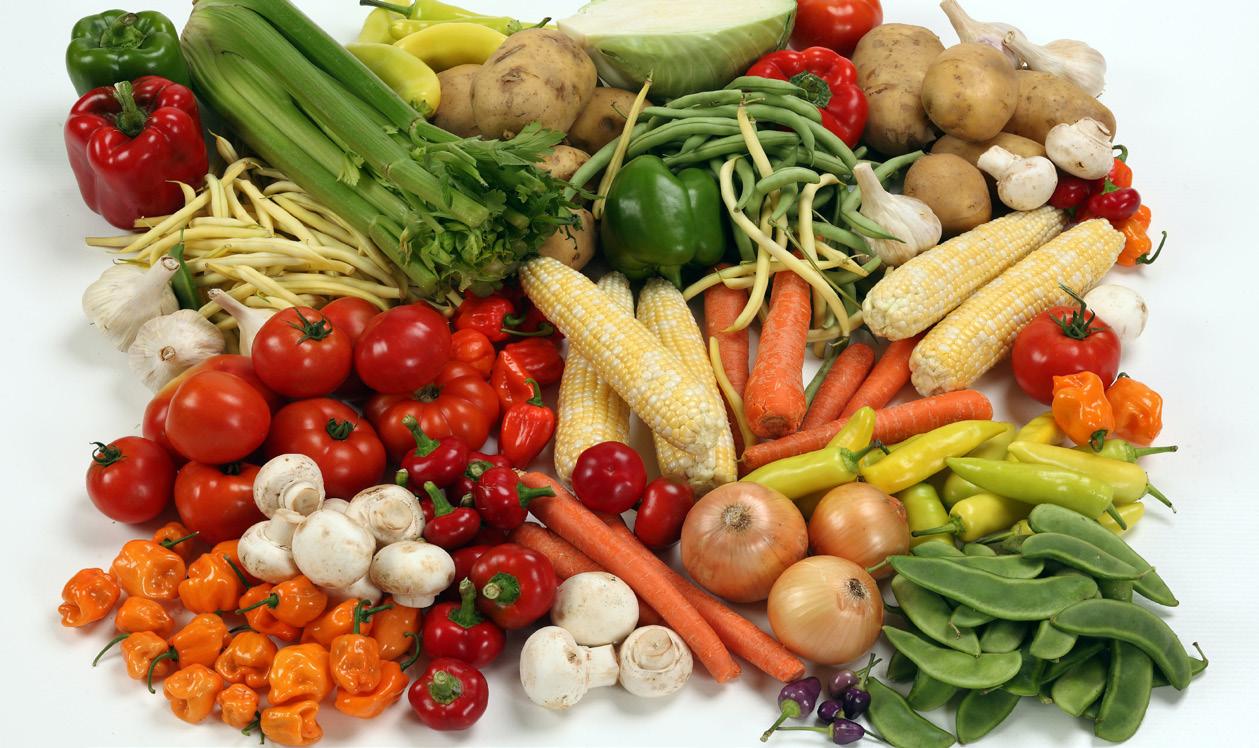



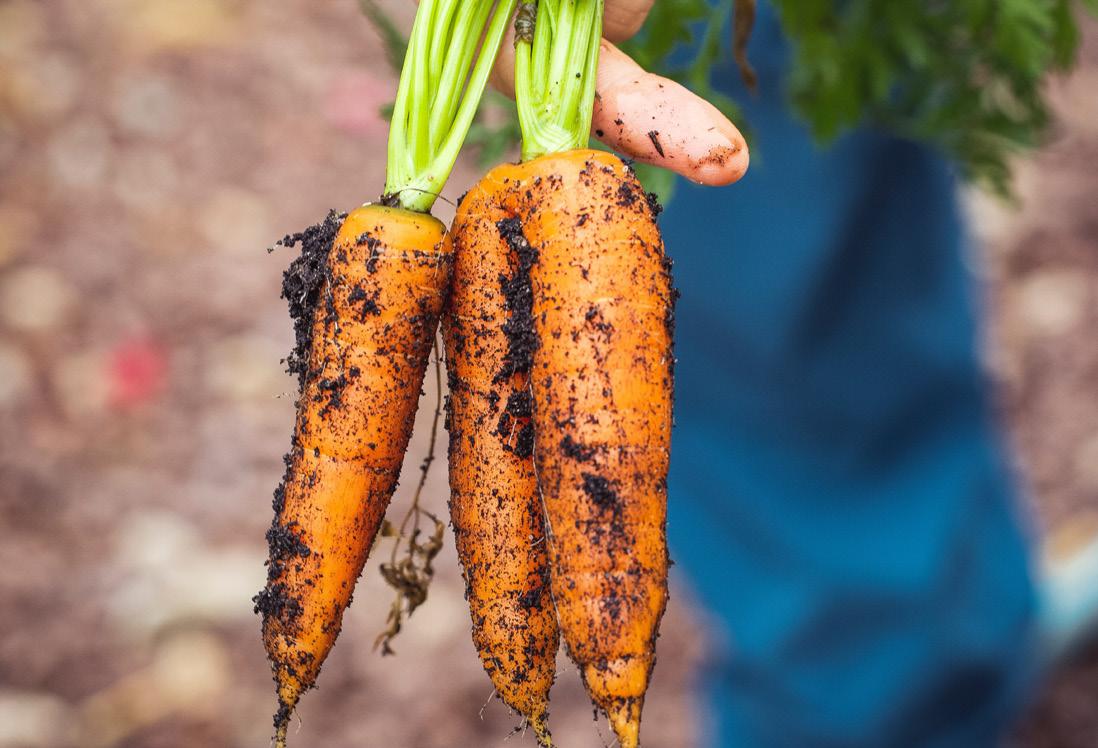
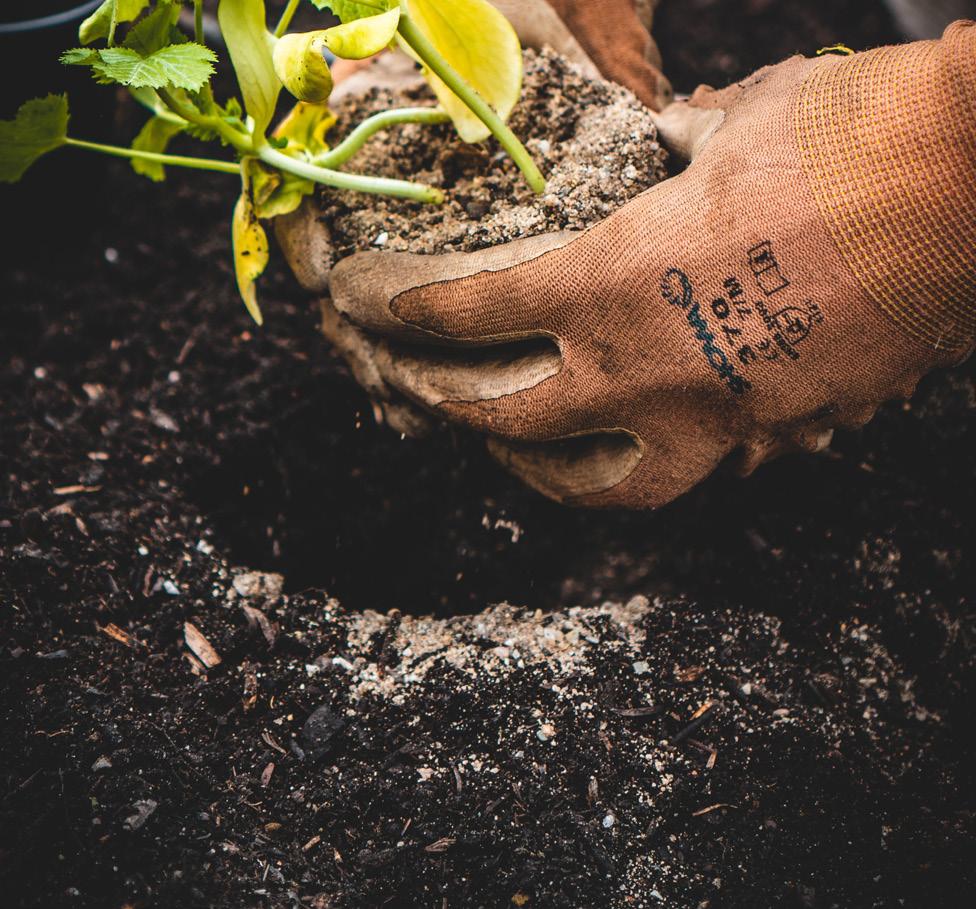
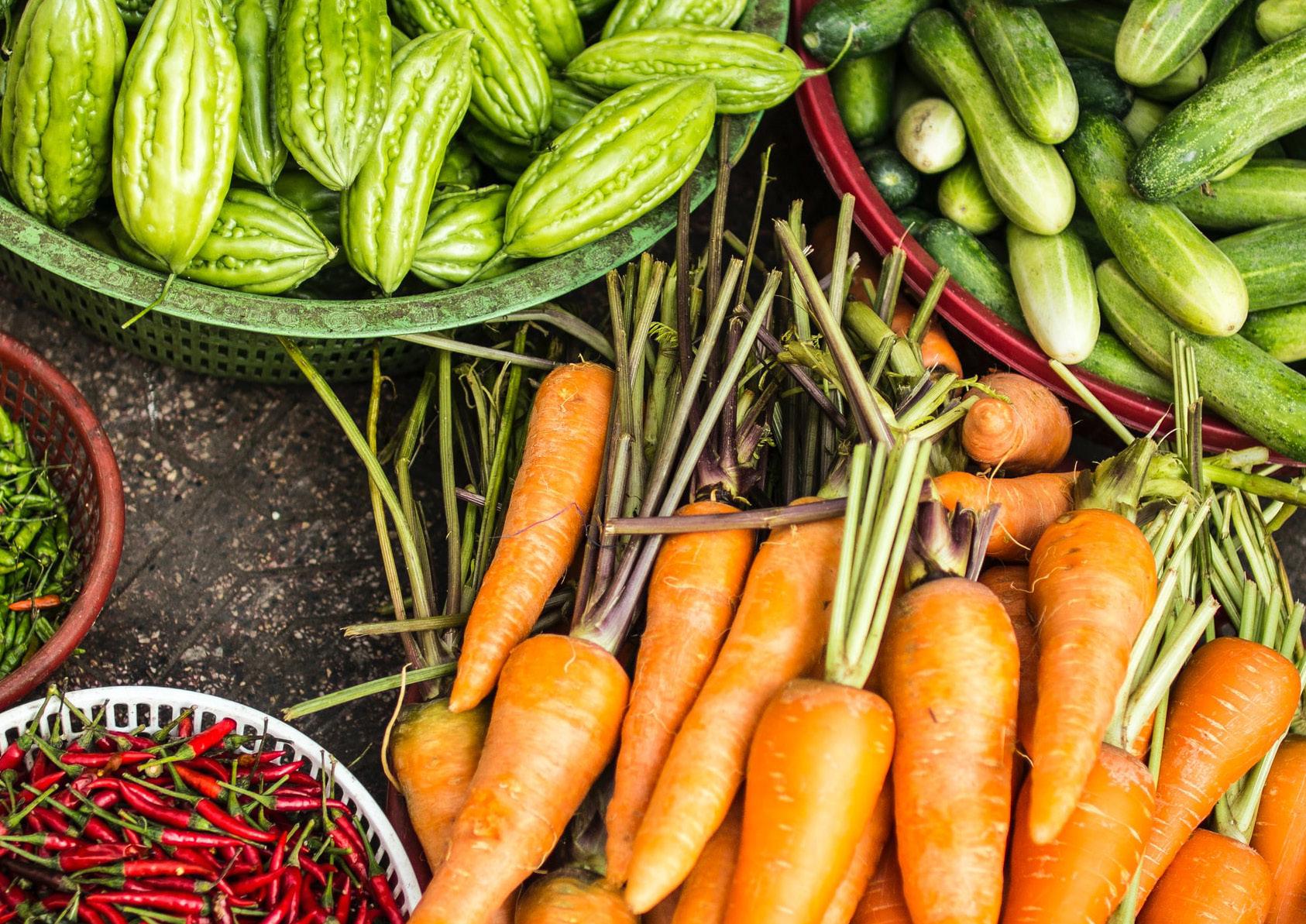
Levitt’s Total Product Concept (1980) has been used to analyse the different product levels offered by Cultiv8. The core product for both the B2B and B2C aspects of the business is the food waste recycling service, and if they choose to have the regrown produce sent back to them, this becomes an additional product. If they choose to have the produce sent to them, this is a process that can take several years, as the plants need the time to grow. This will need to be clearly communicated with the consumer and made clear that Cultiv8 is an investment into the future.
The process and consumer journey around the food waste recycling service is detailed on the next page. The secondary products are detailed further below. The augmented product level highlights some of the ways Cultiv8 is expressing its values and differentiating in the market.
For the businesses that choose to use Cultiv8, or those that are potential consumers, we will offer team building days on-site for their teams to learn more about the Cultiv8 process, run by our agricultural staff, demonstrating how the produce is grown, followed by some team building activities run by our staff. As these days are something most companies put on for their teams anyway, this is a good opportunity for an add on product for extra profit for Cultiv8.
Recipe book on how to use/ maximise food/ minimise waste
Cookery courses on-site
Similar to the team building days, these will be offered through red letter days as an add on for consumers, and provide a hands-on experience, which a lot of consumers have missed over COVID. These again will be run by our agricultural staff, showing the consumers how to grow and cultivate their own plants from fruit and vegetable scraps. These will be available on the Cultiv8 website and app along with third party website red letter days, with hope that this will increase brand awareness too.
on-site using produce
Business is aproached by one of Cultiv8 sales people and visit to our/their site arranged
Business becomes aware of Cultiv8, browses website and contacts Cultiv8 sales team
Waste collection plan agreed, business pays Cultiv8, we deliver branded bin and information posters to train kitchen team
Cultiv8 vans collect food waste on days agreed
Consumer/business chooses to have produce sent back to them. Posted by Royal Mail. Cycle starts again, closing the loop and creating circularity in the food waste system OR
Food waste is sorted by Cultiv8 agricultural staff to find seeds and scraps that can be regrown


Anything that cannot be used is put into the anaerobic digester on-site to produce biofertiliser to help grow plants and biogas which can be used to heat the greenhouses
Over this time consumer/business can engage with education resources on website/app, tour the site and see their plants, book team building days and horticulture courses

Consumer/business chooses to donate produce to food banks in London, this produce is distributed by Cultiv8 to partner food banks
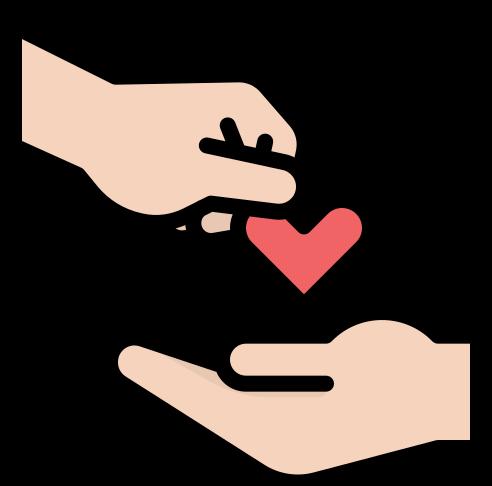
Consumer becomes aware of Cultiv8, follows on socials, downloads app/ browses website
Consumer chooses a plan via the app (to receive or donate produce), pays and is sent a starter pack with information and waste disposal equipment
Waste delivered to site
Once they have a full bin, they log this on the app, package in provided boxes and place outside for Royal Mail collection (arranged by Cultiv8)
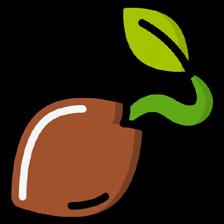
Viable seeds/roots are planted in the greenhouses, biofertiliser used to assist growth
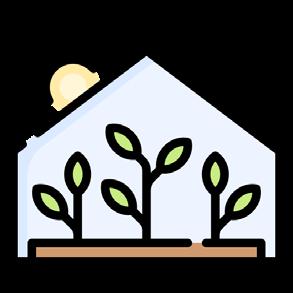
Plants all labeled with consumer/ business details and grown in greenhouses, consumers able to track growth of produce via weekly photos uploaded onto the app by the Cultiv8 team

Produce, once ready (which can take years for certain plant species) harvested, sorted and stored for freshness

The following diagram shows the Cultiv8 process, and the stages in the customer journey as labelled on the top.
4
When contemplating pricing, the following points were taken into consideration:
1. Consumer base has medium-high disposable income
2. Businesses are trying to differentiate themselves as sustainable leaders in their industry
3. Competitor cost analysis of some of the core competitors has been completed in appendix M, although it is important to note that as this is a new, exciting process, Cultiv8 will be able to charge more and adopt a premium pricing strategy
4. Consumers/businesses are paying for an innovative, premium service, and are investing in the future of food waste recycling and a potential solution to food insecurity.
5. High start-up costs – land, greenhouse, anaerobic digester, and van
6. Cultiv8 will be transparent around pricing and costs and have financial information available on the website so consumers/businesses can see what they are paying for. Mintel (2022) note that following the ethics check trend, being transparent with pricing can be beneficial to sustainable businesses and encourage consumers to purchase if they know the costs behind the product/service.
• £25/week base price for to 3 collections of of food waste on chosen days
• Once produce is grown, they can pay to have this sent back to them or donate to food bank at no extra cost
• Amount to send back will depend on weight of produce and can be negotiated with business by Cultiv8 sales team.
• Team building days will be priced at £15 per person for tour of site and 3 hours of horticulture activity in the greenhouses led by agricultural staff
• Initial site tours free to encourage subscription
• Monthly subscription service
• Initial £5 payment to cover the cost of the bin, then £15/month for unlimited waste collections, or £153 if they pay a year up front (15% discount)
• Once produce is grown, they can pay £5 to have this sent back to them or donate to food bank at no extra cost
• Offer first month of collections free to encourage subscription in first year
• Offer 10% discount to students, Blue light card holders and teachers to entice larger consumer base and make product more accessible
• Horticulture day courses will be priced at £50 for 2 people for 3 hours, this is based off of similar experiences available on red letter days (detailed in competitor price analysis). Here, we adopt a market skimming price strategy, as the courses can help raise brand awareness and could increase consumer base, and will be low cost to put on
• App free to download, anyone can access the information and education resources on this

The first Cultiv8 site will feature a polytunnel greenhouse on some purchased land, with the support team working from home, using free co-working spaces, and visiting site when necessary. Eventually, when funds allow, an office is to be built on-site to increase accessibility and productivity. We will offer free tours of the site and greenhouse to potential businesses and consumers, giving them the chance to see the process in action, and adding an omnichannel aspect to the business. Suitable land has been found in Essex, for a cost of £5000, pictured to the right, as this is close to the target business and consumer location of London.
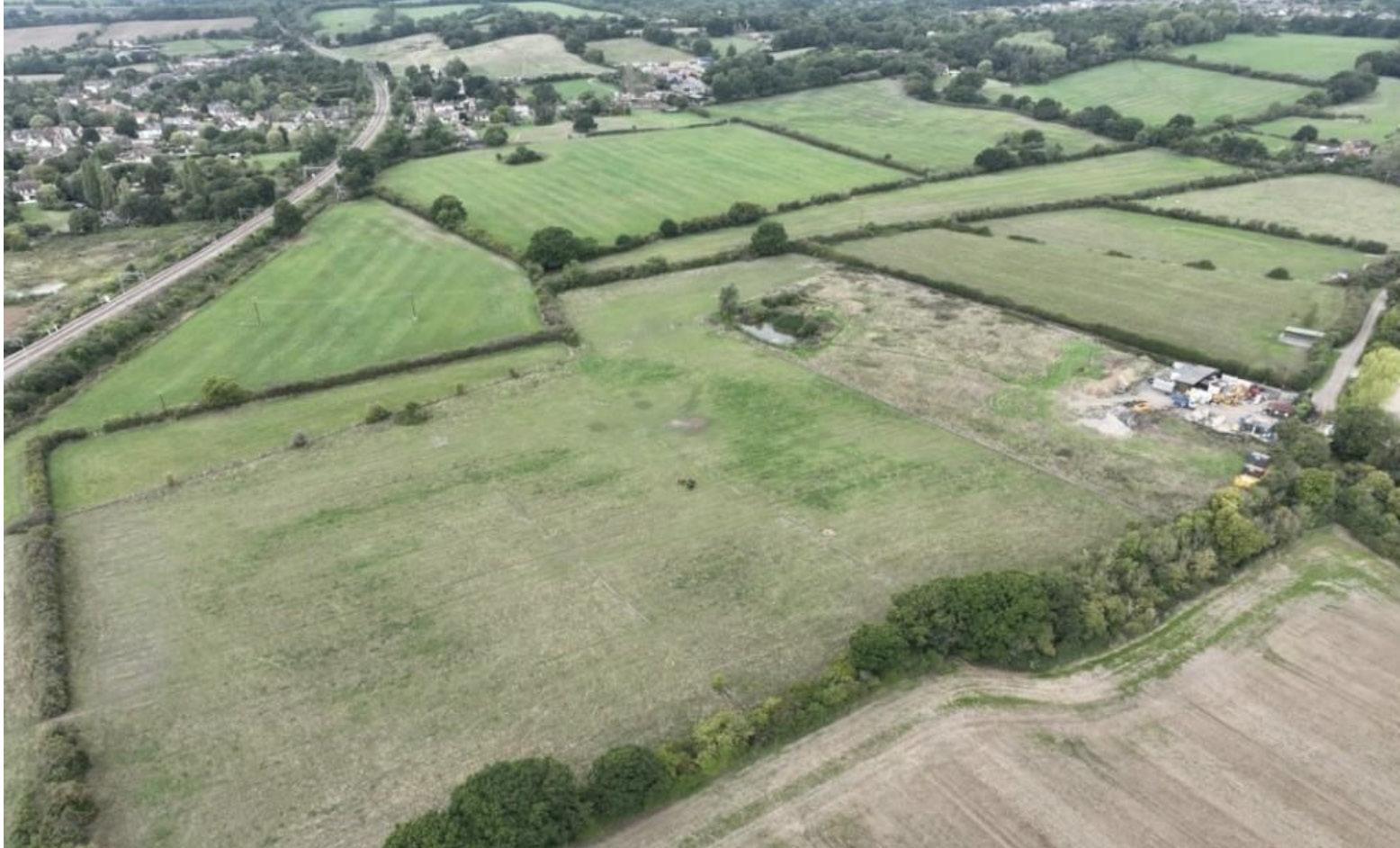
The app will be easy to use and accessible for all, being free to download and access education resources. For those that pay for the recycling service, extra sections of the app will open. Research by Business of Fashion (2022) noted hyper personalisation and traceability as emerging consumer trends, therefore the consumers who use Cultiv8s recycling service will be able to track the progress of their plant through weekly uploaded photos by our team, satisfying both of these consumer trends. The app will mainly be targeted at the B2C market (although will still able to use by the B2B consumers).
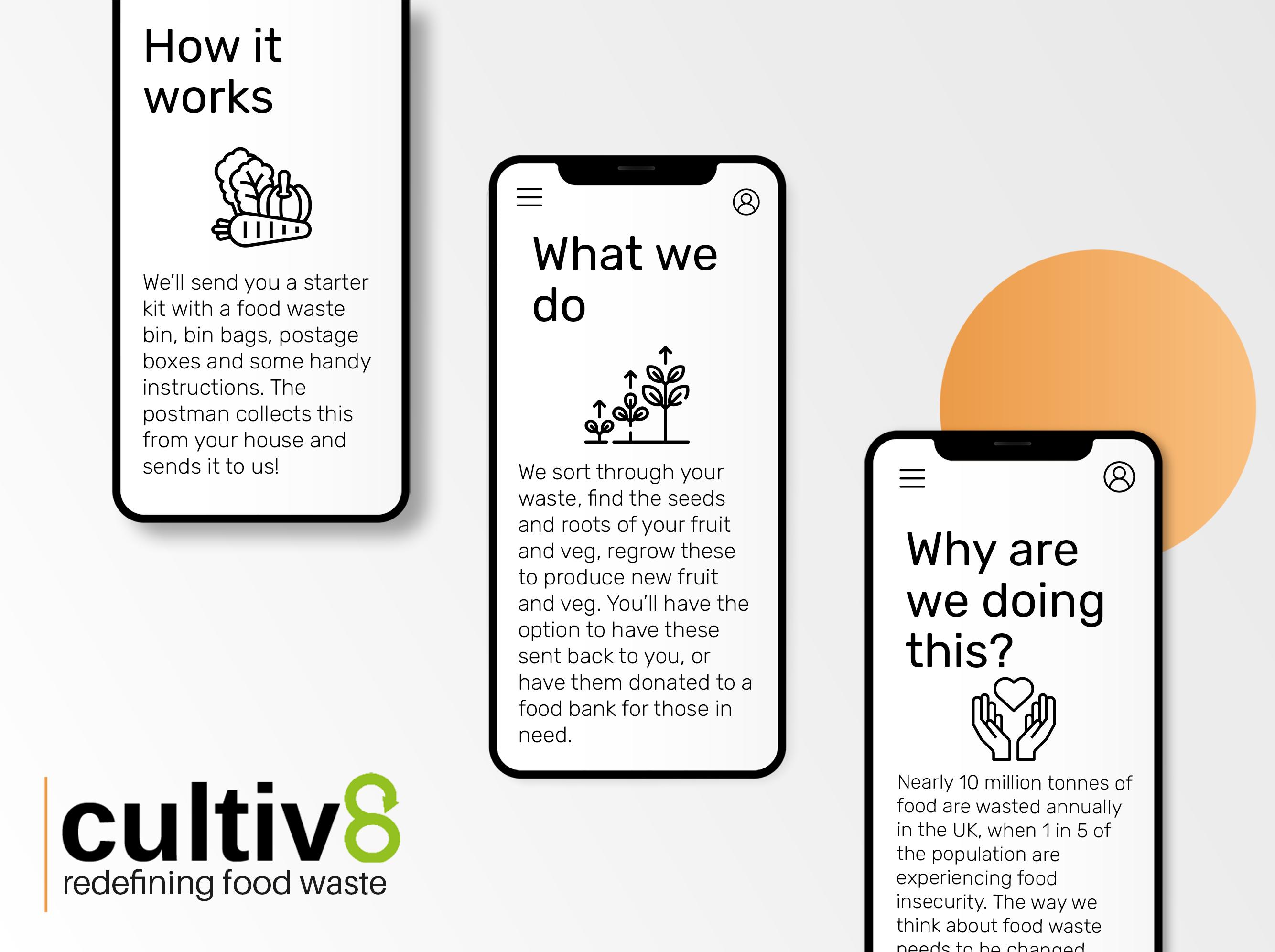

The website will be a one-stop shop, containing everything the consumer/business needs to know about the brand. There will be education resources on all topics valued by Cultiv8, details of our process, details of the food banks we donate to, details of success so far (to provide transparency), information on food waste/insecurity in the UK, and a ‘contact us’ form for businesses to place enquiries, or for any questions/queries. We will regularly check this to ensure prompt and attentitive customer service. The website will mainly be targeted at the B2B market, with the app for the B2C, as this is the more professional and effective channel to obtain business.

The physical evidence is an important part of the marketing mix, as it acts as a representation of the brand and communicates the brand identity to the consumer. There needs to be continuity and cohesivity between the pieces. The physical evidence to be considered for Cultiv8 is the contents of the starter pack sent to consumers, the bin and bags sent to businesses, and the website and app that the businesses and consumers will interact with. The website and app have been shown on the previous page, describing the ‘place’ element of the marketing mix. All boxes will be made of recyclable/recycled cardboard and bin bags will be made from recycled plastic and will be biodegradeable. The tape will be paper tape as this is recyclable.
The businesses, upon signing commitment contract with our sales team, will have a Cultiv8 bin, bin bags and posters for the kitchens detailing what can and can’t go in the bins. The bins also feature this list of what can and can’t be put in as a reminder.
Bin Bin bags Kitchen posters
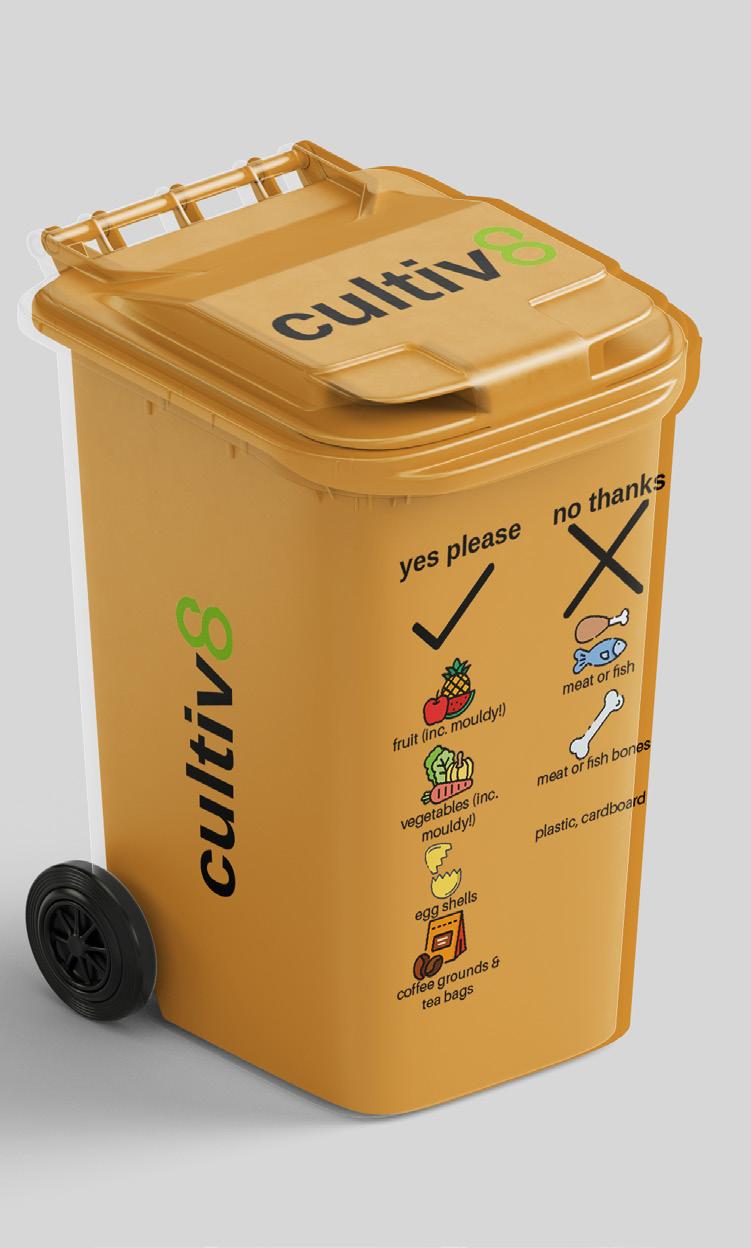

The starter pack will come in a branded secondary packaging box, containing an under the counter branded Cultiv8 bin (the same as the business ones but the size of those in figure X), bin bags, tape, flat pack boxes (which they use to put the waste bags in to send to us), and a clear instruction booklet detailing what can and can’t go in the bins and the Cultiv8 process. The tape will be used to safely seal the boxes containing the food waste bin bags, so they are safe for posting via Royal Mail. When consumers need more postal boxes/bags/ tape, these can be purchased on the app/website, or they are welcome to use their own, as long as it is written on as ‘Cultiv8’ for the postman to collect outside the house.
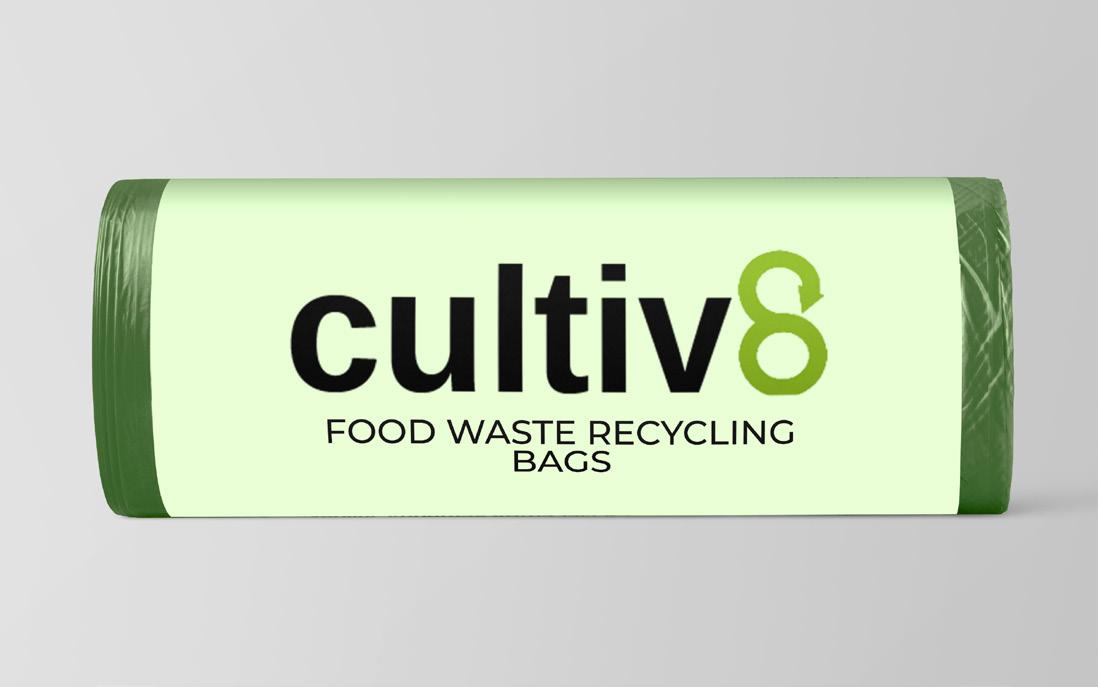
Secondary packaging
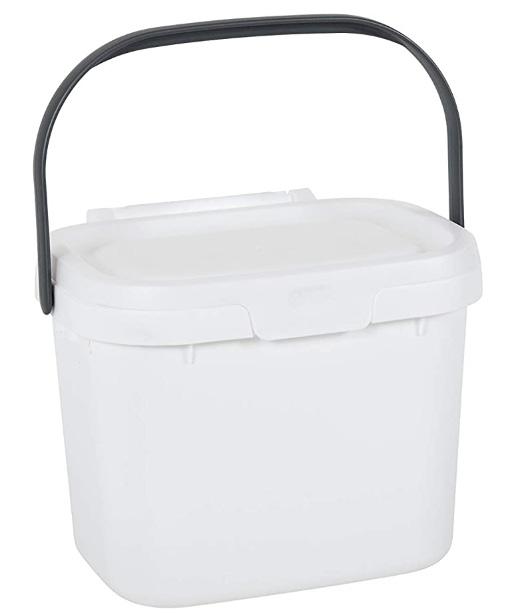
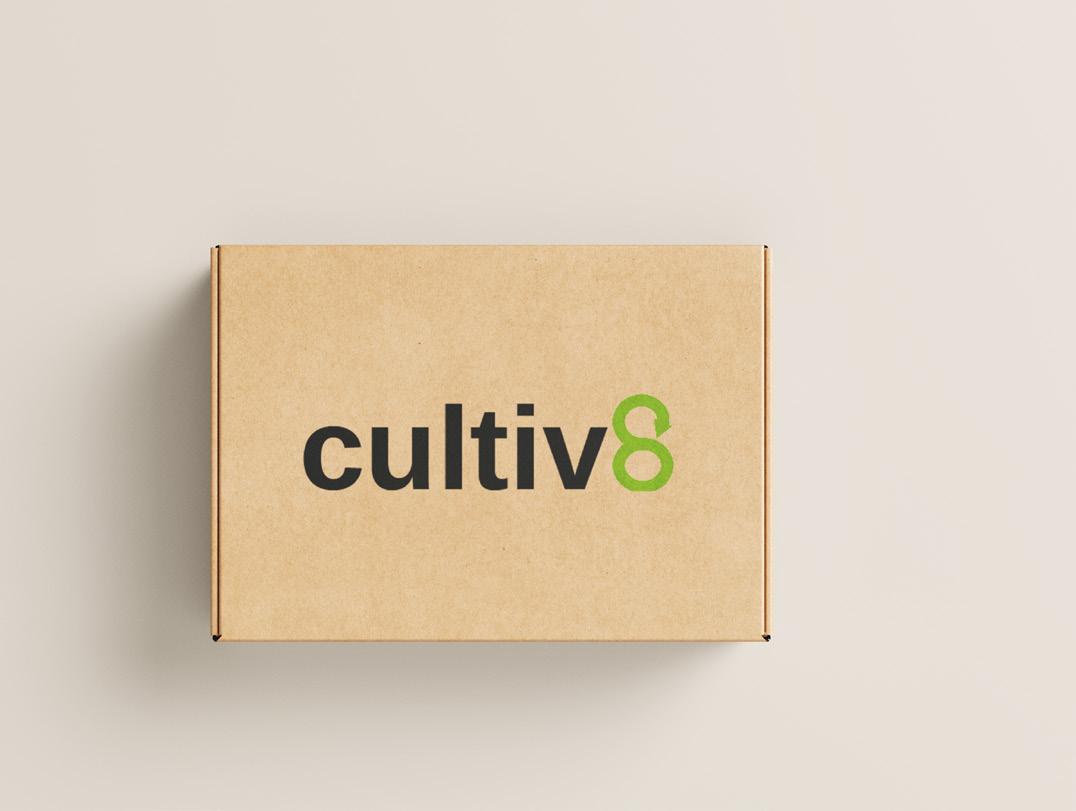
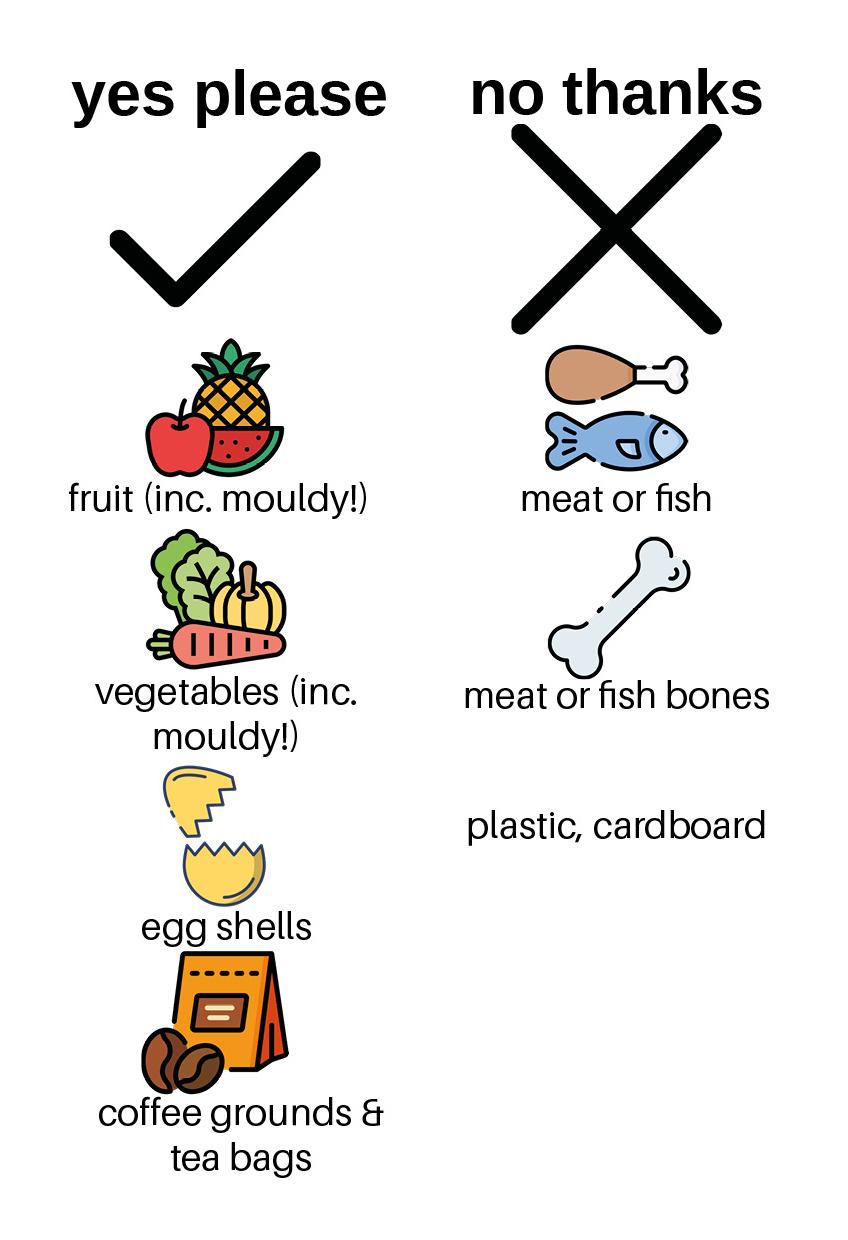
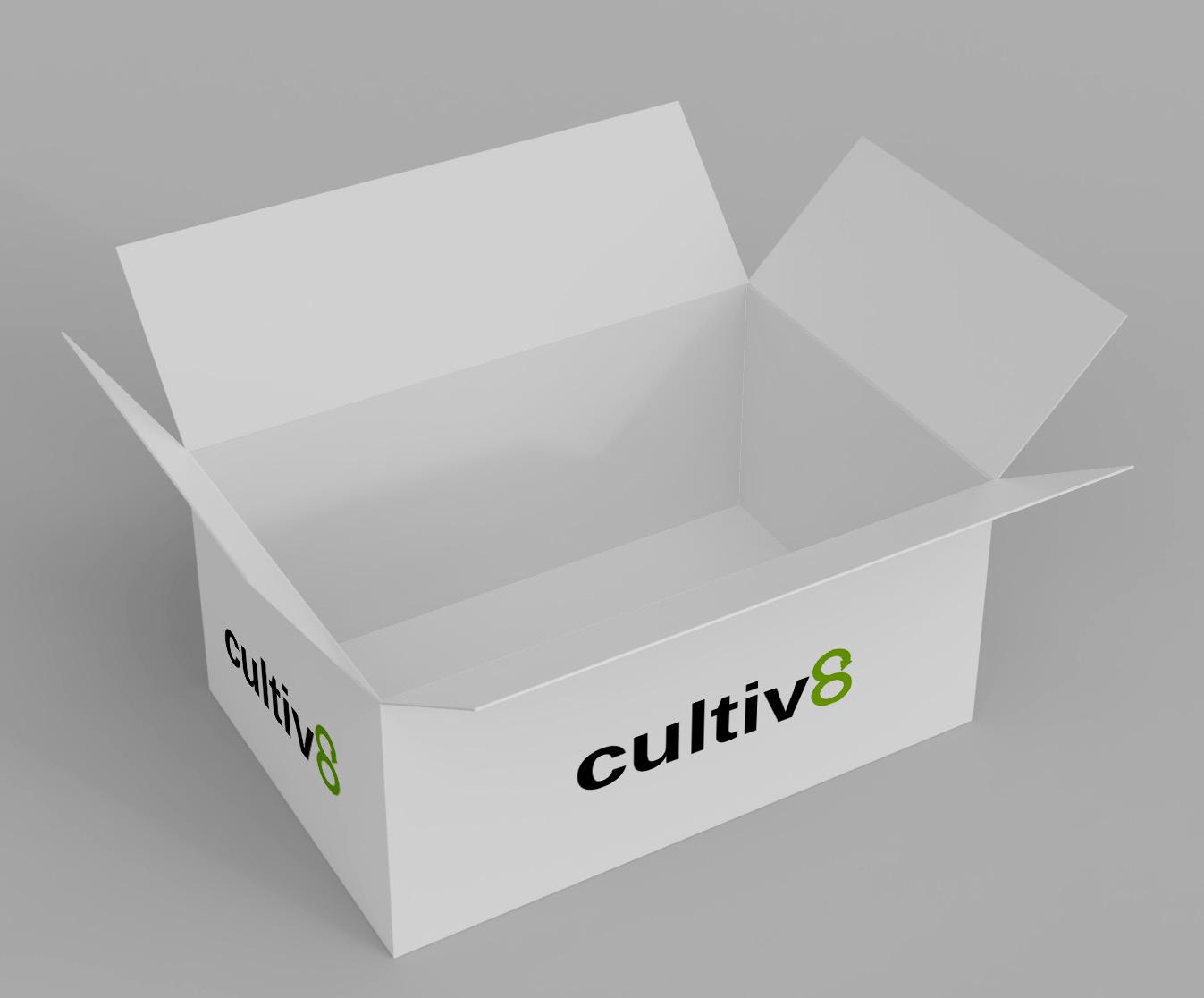
Instruction/information booklet Postal boxes Bin

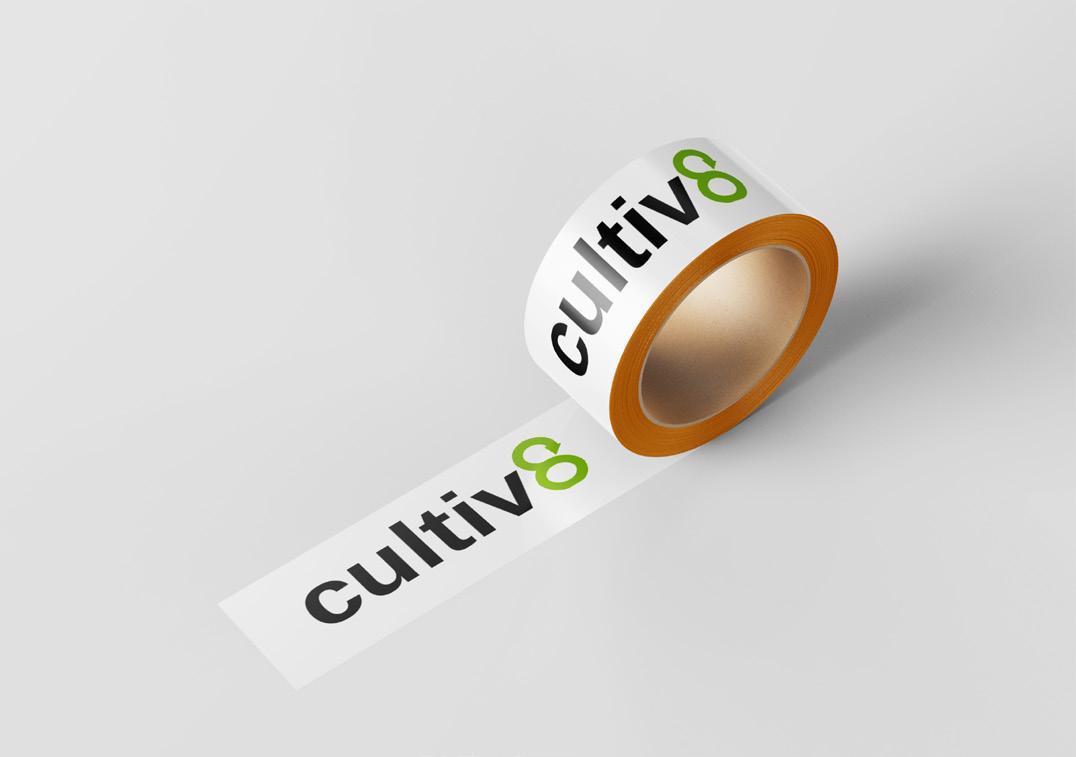
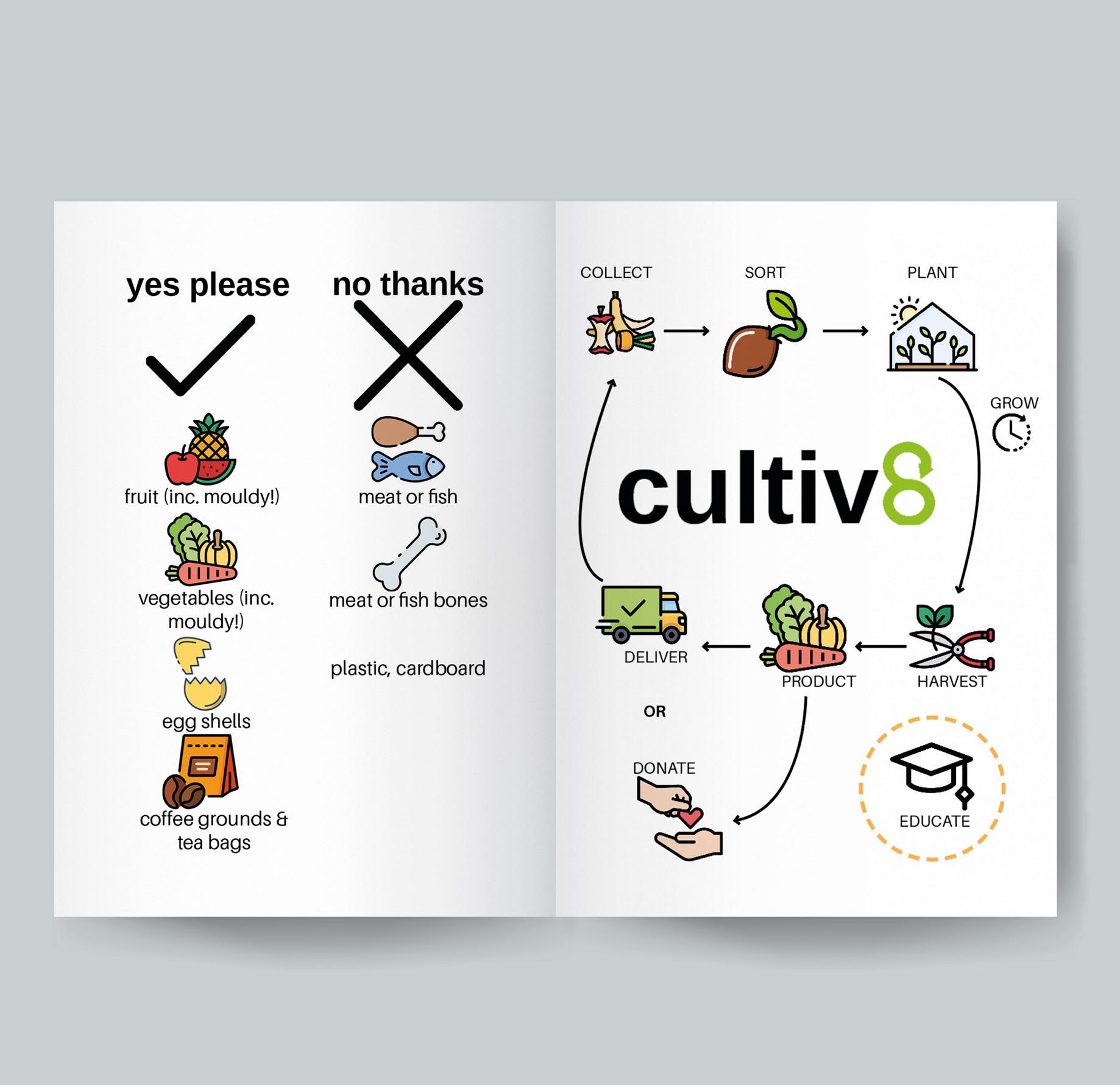
Cultiv8, in line with our values of Equality, Community and Education, will aim to employ people that may normally struggle getting work, or not have equal opportunities in the workforce, for example, the elderly, those with physical or learning disabilities, or those from underprivileged backgrounds. We will train them and provide them with interpersonal and practical skills equipping them for the world of work.





Cultiv8 will employ a full-time waste collection van driver in the first year to collect the food waste from the businesses. The businesses will interact with the driver when collecting their waste. Where the driver is not on collections, they will help out on-site.
The Cultiv8 sales and marketing staff will be the one outreaching to businesses and creating important relationships with the decision makers, securing Cultiv8’s clients.
The educational staff will be the ones creating the education resources and videos on the website. Consumers will interact with them when accessing resources and videos.
The consumer/businesses will interact with the agricultural staff on site visits, but also through the weekly plant update photos the staff will publish on the Cultiv8 app.
To reduce labour costs in the first year, we will only have email/ contact form customer service available, and all staff will contribute to responding to these queries. Consumers/businesses will have their queries answered by various members of the team.

When thinking of and creating the initial promotional campaigns for Cultiv8, both the AIDA model (Lewis, 1899) and PESO model (Dietrich, 2014) have been considered at each step and when deciding on each promotional tool. The following pages will briefly explain each campaign, summarise the promotional tools to be used and present some initial mock-up designs.
1:
To launch and raise awareness of the Cultiv8 brand and process
2: 3:
To raise awareness of the issues of food waste and food insecurity in the UK and develop brand identity and image
To raise awareness of Cultiv8’s benefits to businesses and attract the B2B market
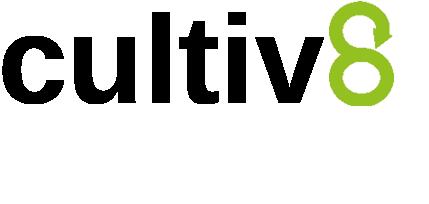
Objective: To launch and raise awareness of the Cultiv8 brand and process
The first B2C promotional campaign ‘Don’t throw it, Cultiv8 it’ aims to assist the launch of the Cultiv8 brand in the market, raising brand awareness and introducing the concept to the consumer. A combination of promotional tools, as detailed in the table below, will be used to reach the target consumers. The main focus of the campaign will be to educate the consumer on the Cultiv8 food waste recycling process and explain how to subscribe/ sign up.
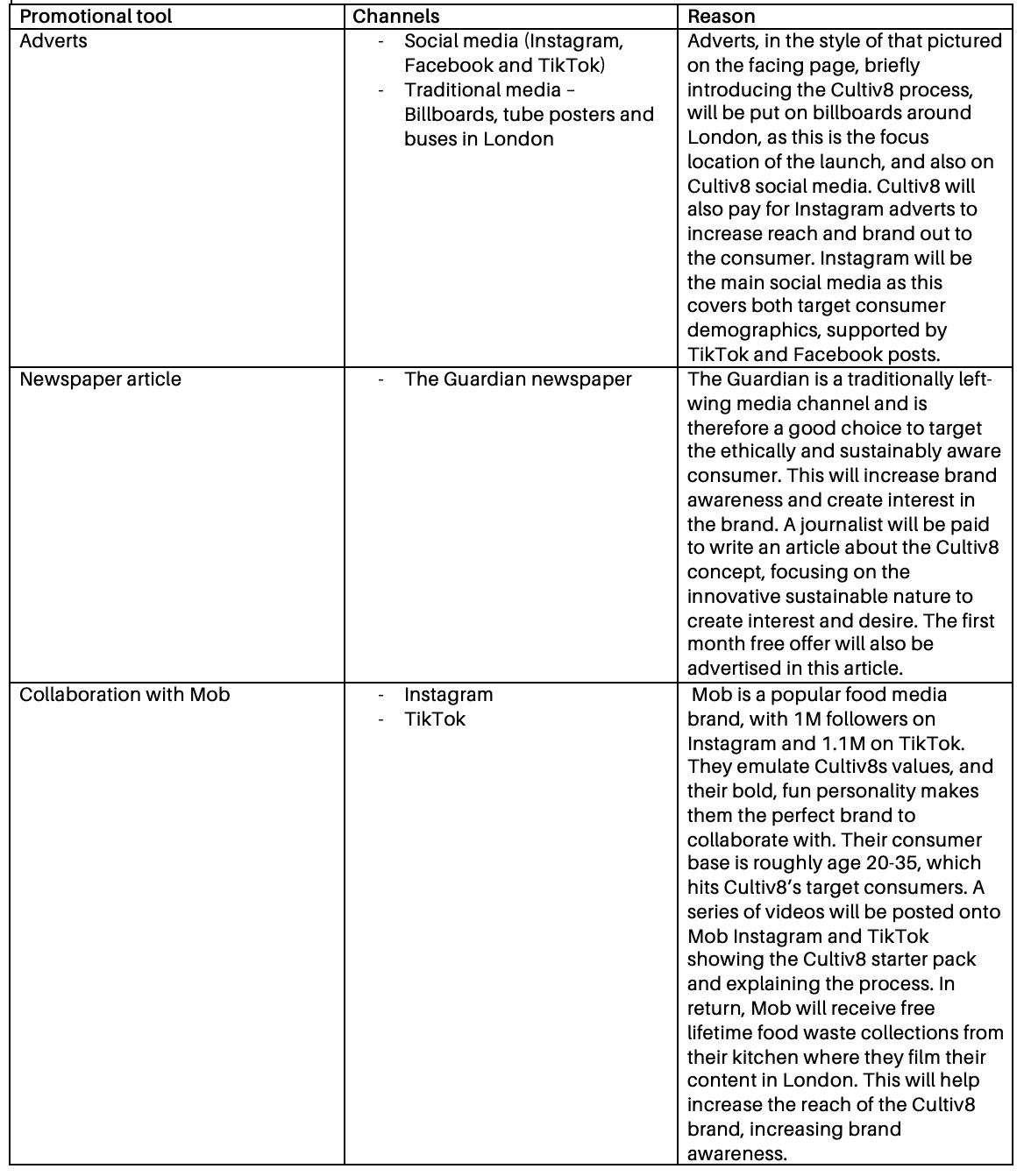
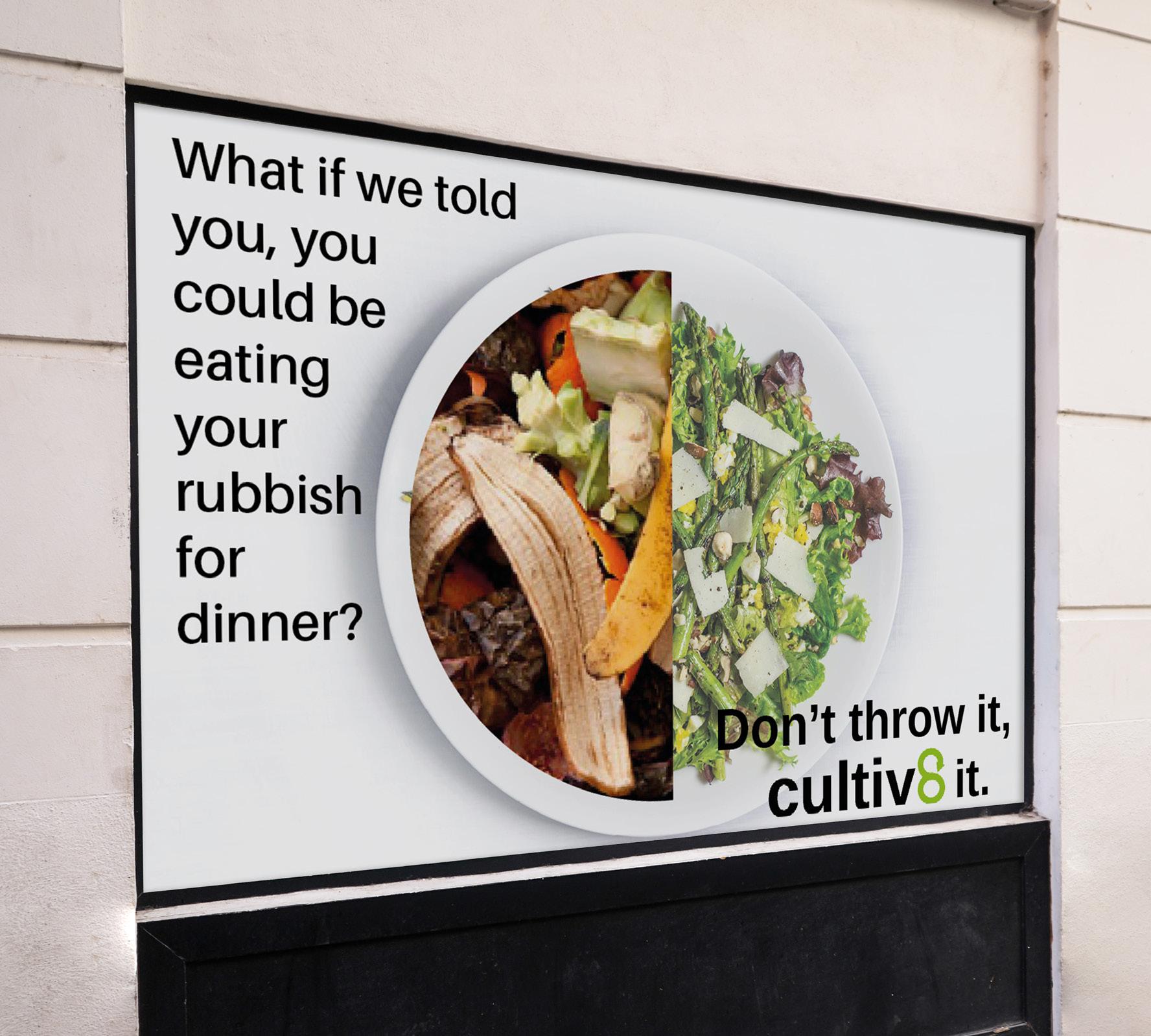


The second B2C promotional campaign, ‘#trashtotable’ will focus on the issues Cultiv8 aims to raise awareness of and help solve, food waste and food insecurity in the UK. This will help develop brand identity and image, conveying Cultiv8 brand values, following the first campaign launching the brand. This campaign will adopt a multichannel approach, focusing on traditional and social media advertisements which will feature bold language, and statistics designed to shock and create a reaction in the consumer, encouraging them to subscribe to the Cultiv8 service so they can help reduce food waste and insecurity. Consumer research showed that metrics help consumers to quantify their impact (Mintel, 2022). Some examples of adverts, demonstrating the copy/ writing style, are shown below. The visuals will be coherent with the other campaigns, featuring clear clean lines and bold colours where needed. Promotional tools to be used in this campaign are detailed below.
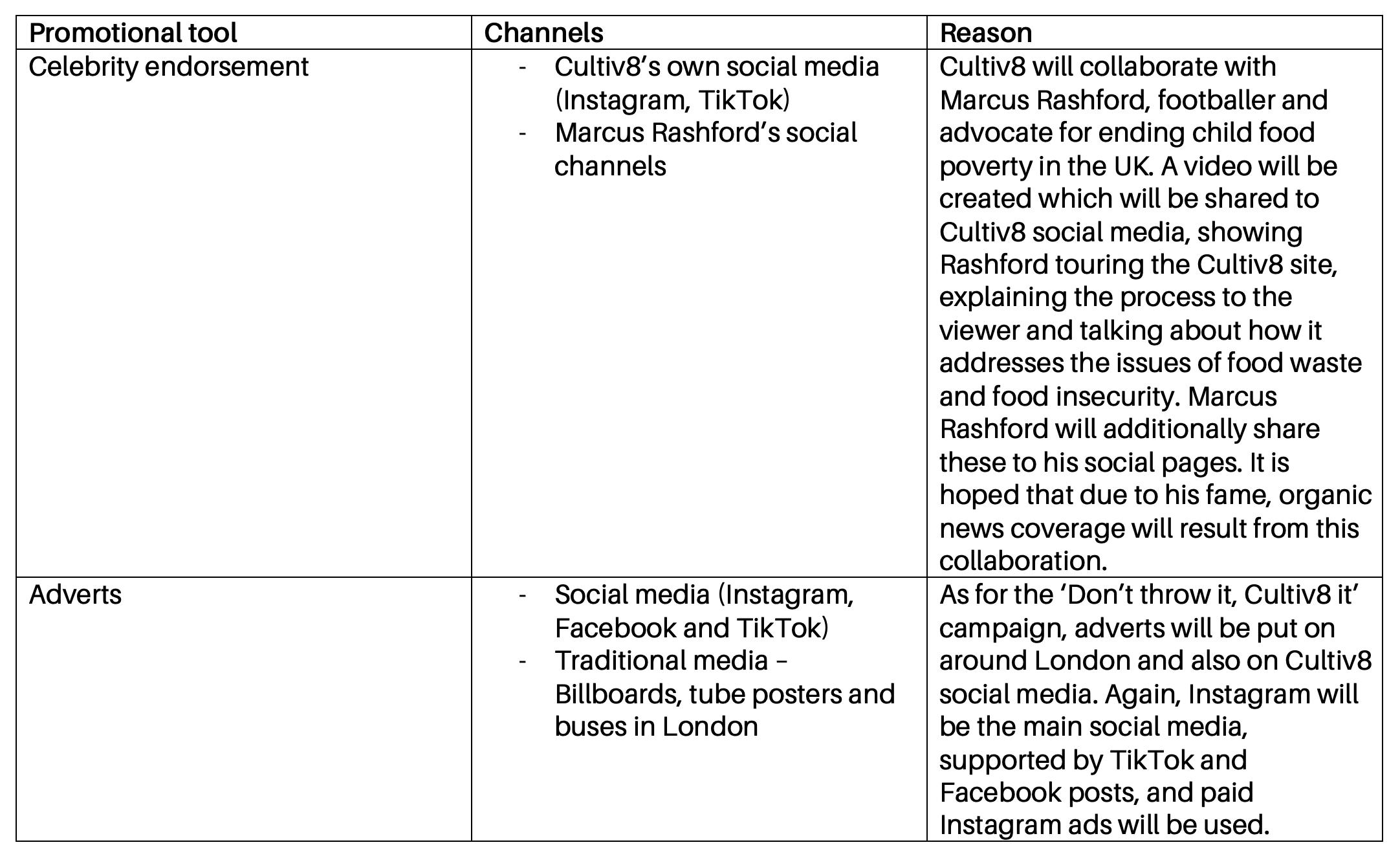

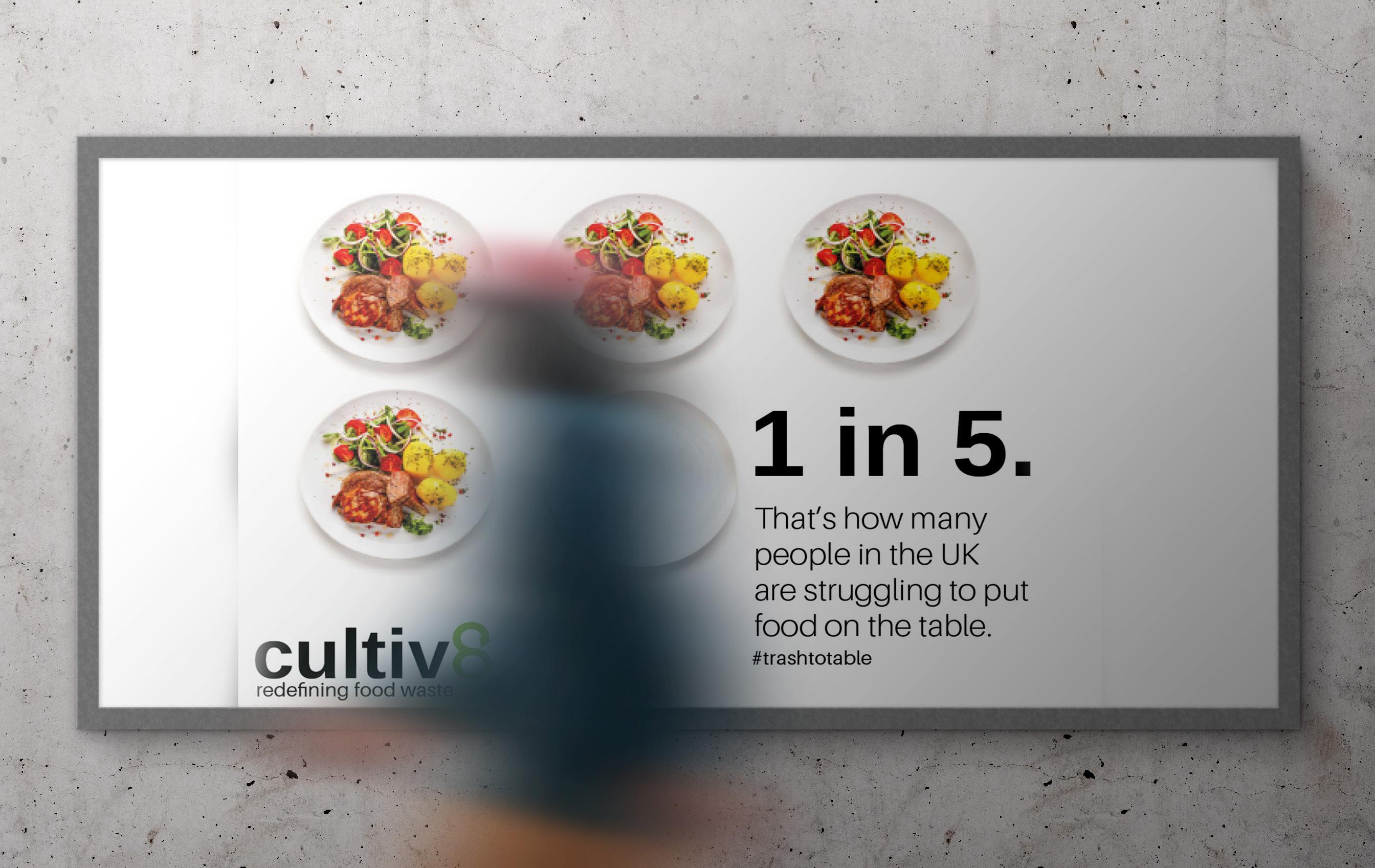
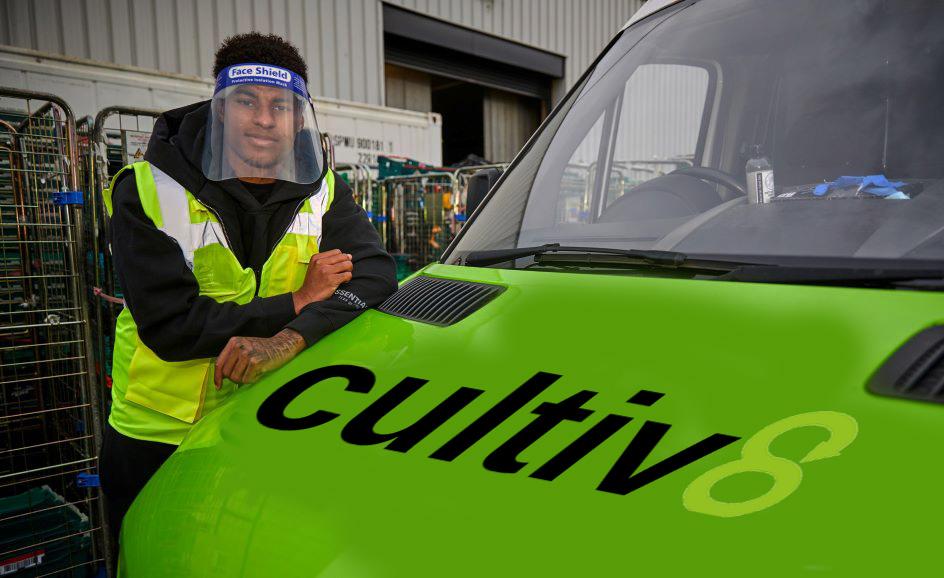
Objective: To raise awareness of Cultiv8’s benefits to businesses and attract the B2B market
The B2B targeted campaign will focus on the benefits of the Cultiv8 service to the business consumer, hence the name ‘Close the loop’, as it will focus on the food circularity concept, and how the business can portray itself as a future-thinking sustainable company. Employees of the target businesses will also be reached by the B2C campaigns, raising awareness of the concept and issues this way. Also, by increasing consumer awareness of innovative sustainable methods, this indirectly pressures and encourages businesses to follow suit.
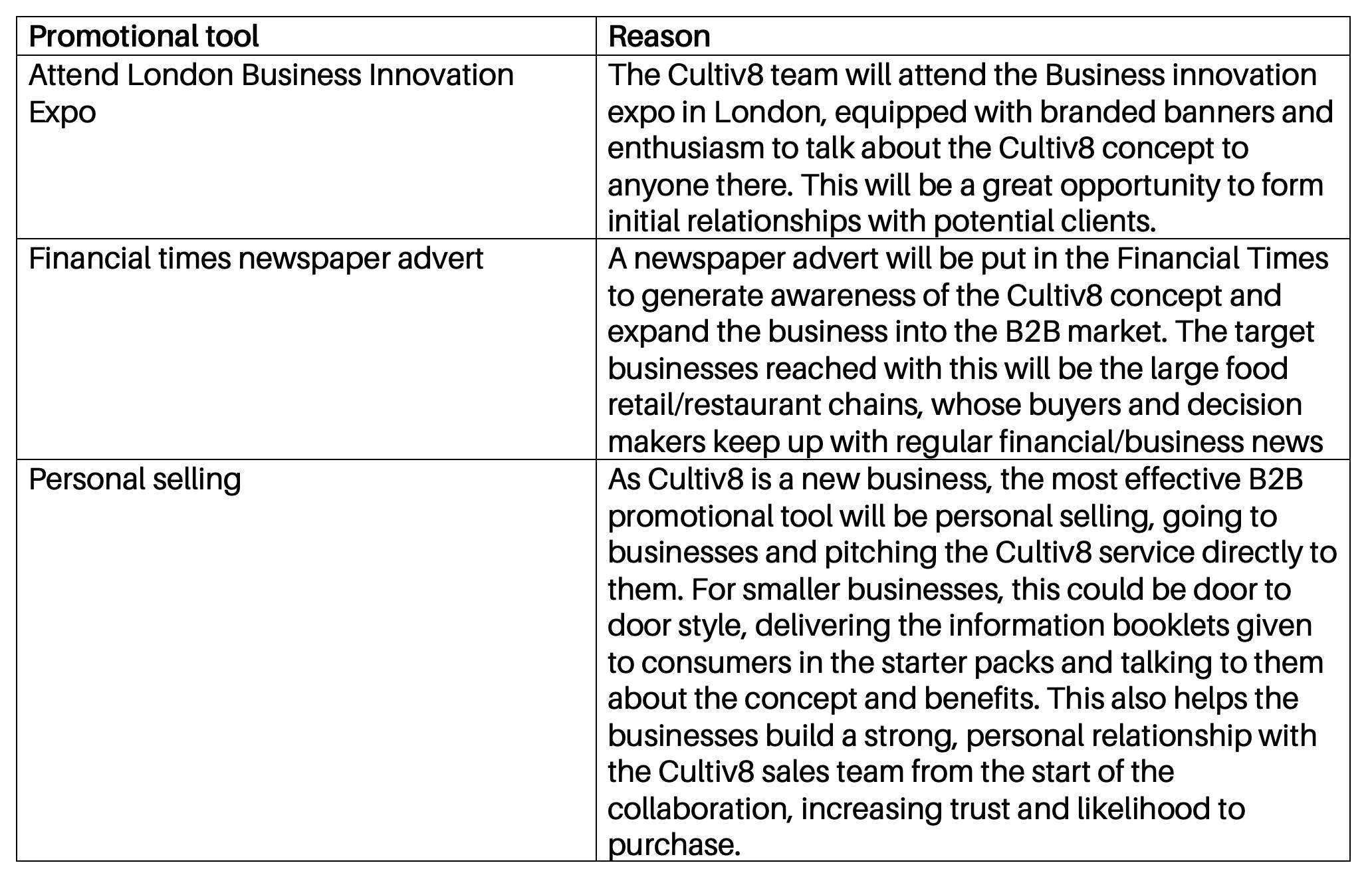


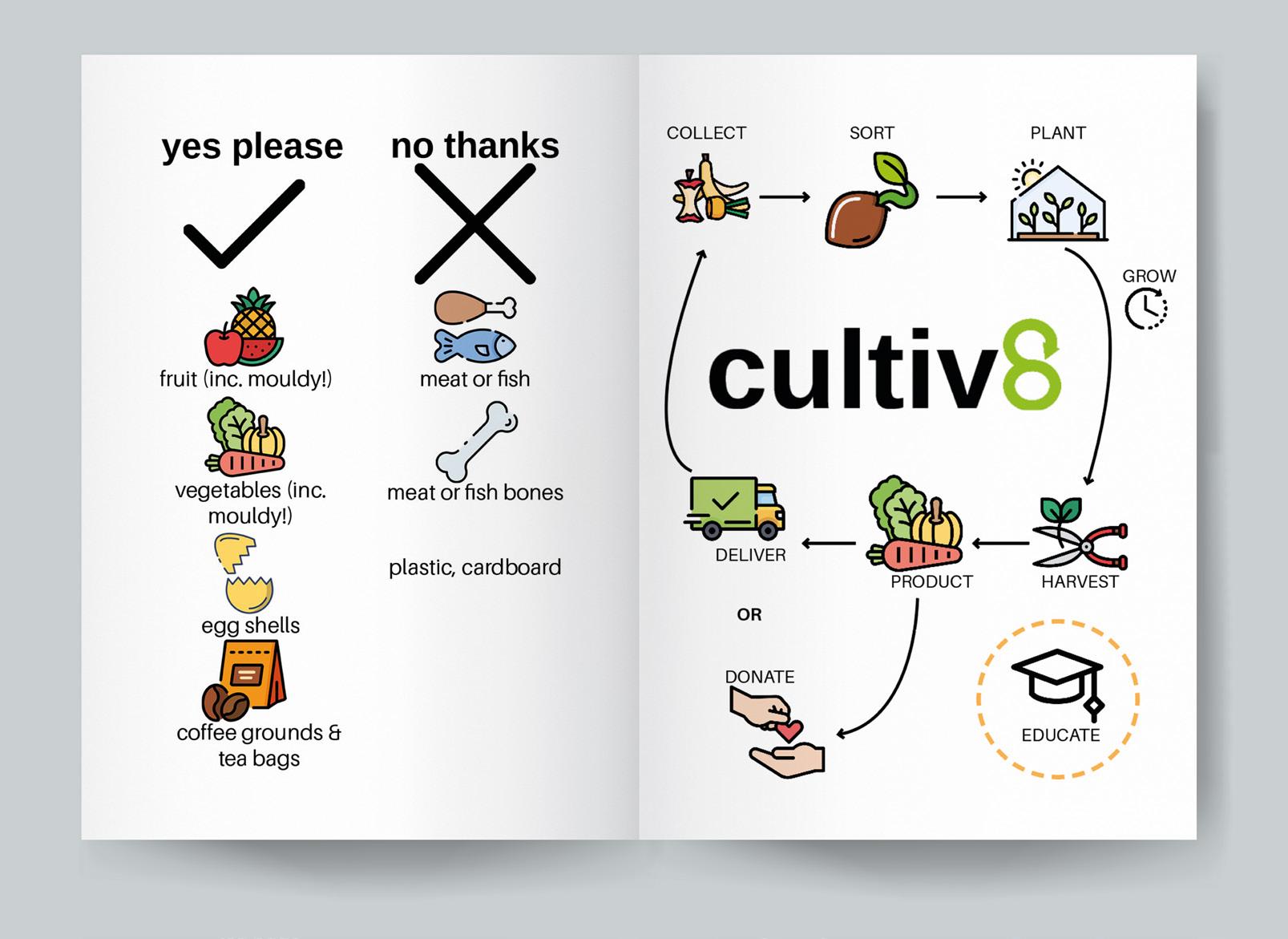

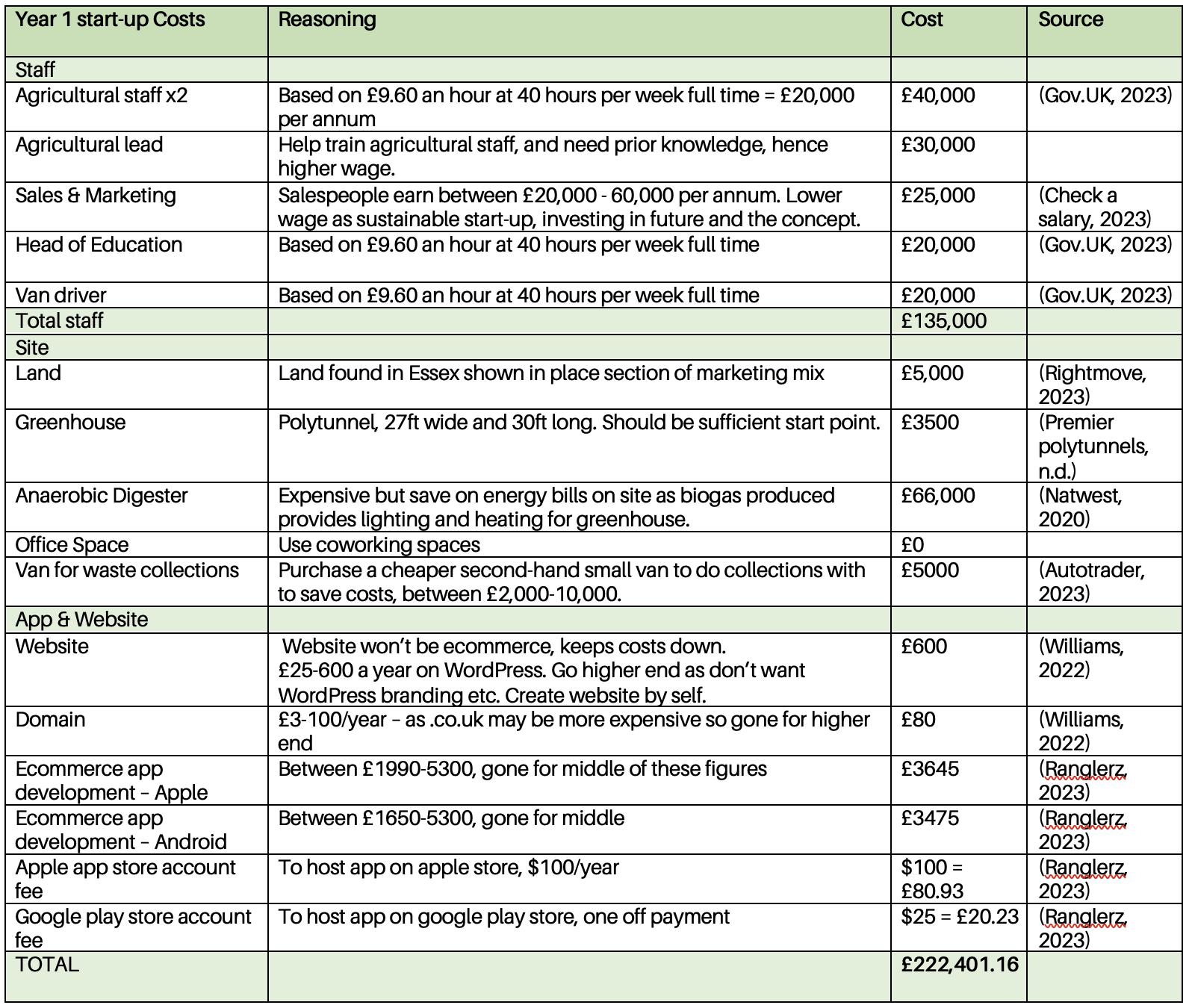
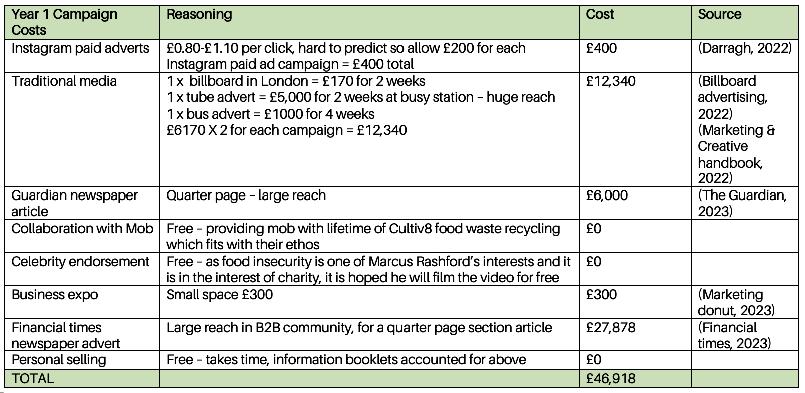
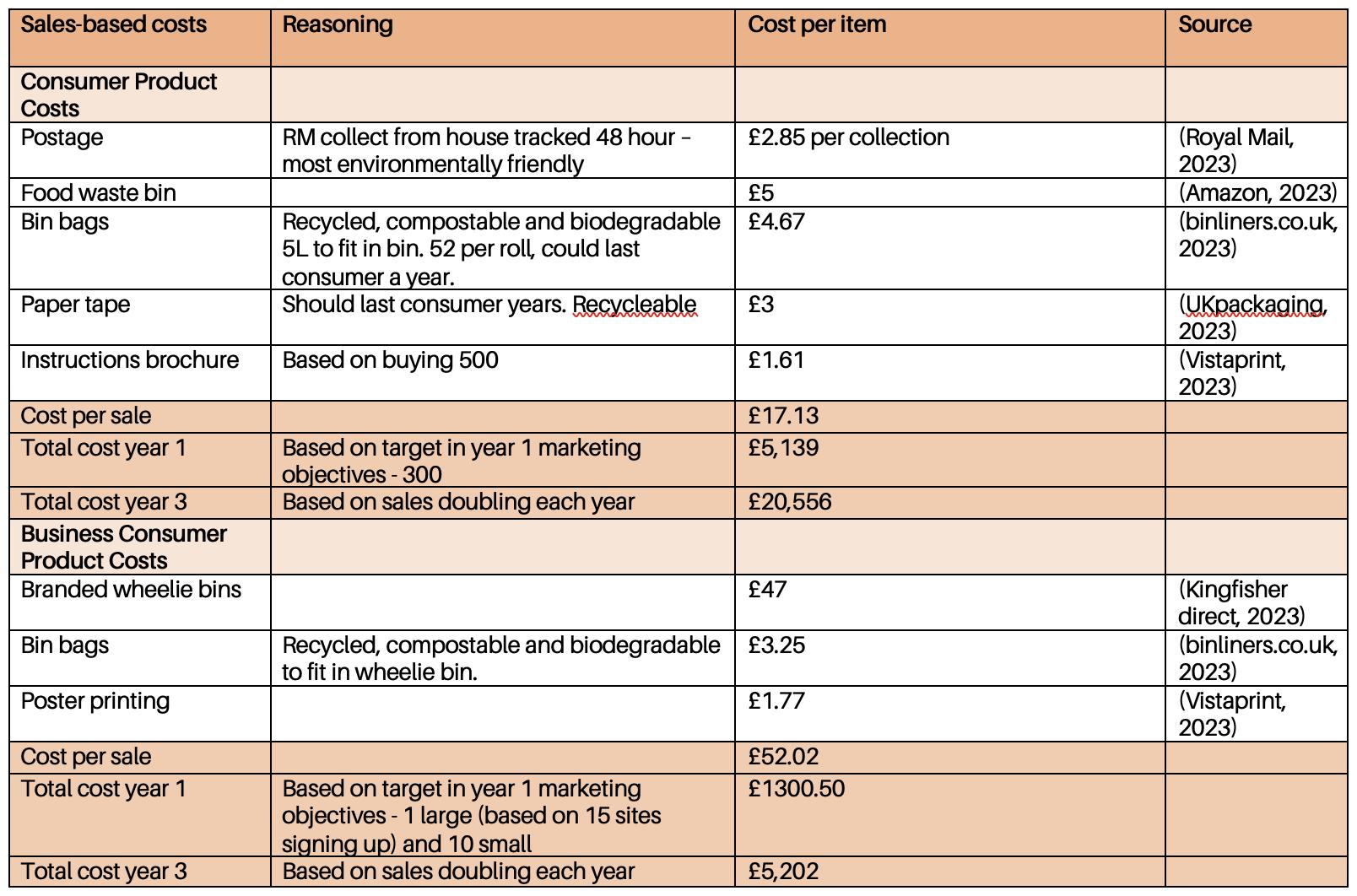


Year 1:
Funding: £175,000
Sales revenue: £83,500
Total input year 1: £258,500
Startup costs: £222,401.16
Sale-based costs: £5139 + £1300.50 = £6439.50
Campaign costs = £47,918
Total costs: £275,758.66
Estimated loss: -£17,258.66
Sales revenue: £328,000
Rolling costs (staff, website, app): £135,760.93
Sale-based costs: £25,758
Total costs: £161,518.93
Estimated profit: £192,213.31
Projected sales for Year 1 have been based off the year 1 marketing objectives, and year 3 has been based off sales doubling each year. With the hope that sales made, and sales revenue doubles each year due to success of promotional campaigns, Cultiv8 will achieve its year 3 marketing objective of making profit by year 3 and can begin paying back the loans taken out at the start of year 1. Remaining profit will be used to expand the business into Manchester to expand reach of the Cultiv8 brand and achieve another of the year 3 marketing objectives. Whilst this may seem slow, consumers and businesses are investing in the future of food waste, and once produce from the plants has grown and the consumer trusts in the process, Cultiv8 will grow exponentially even further.
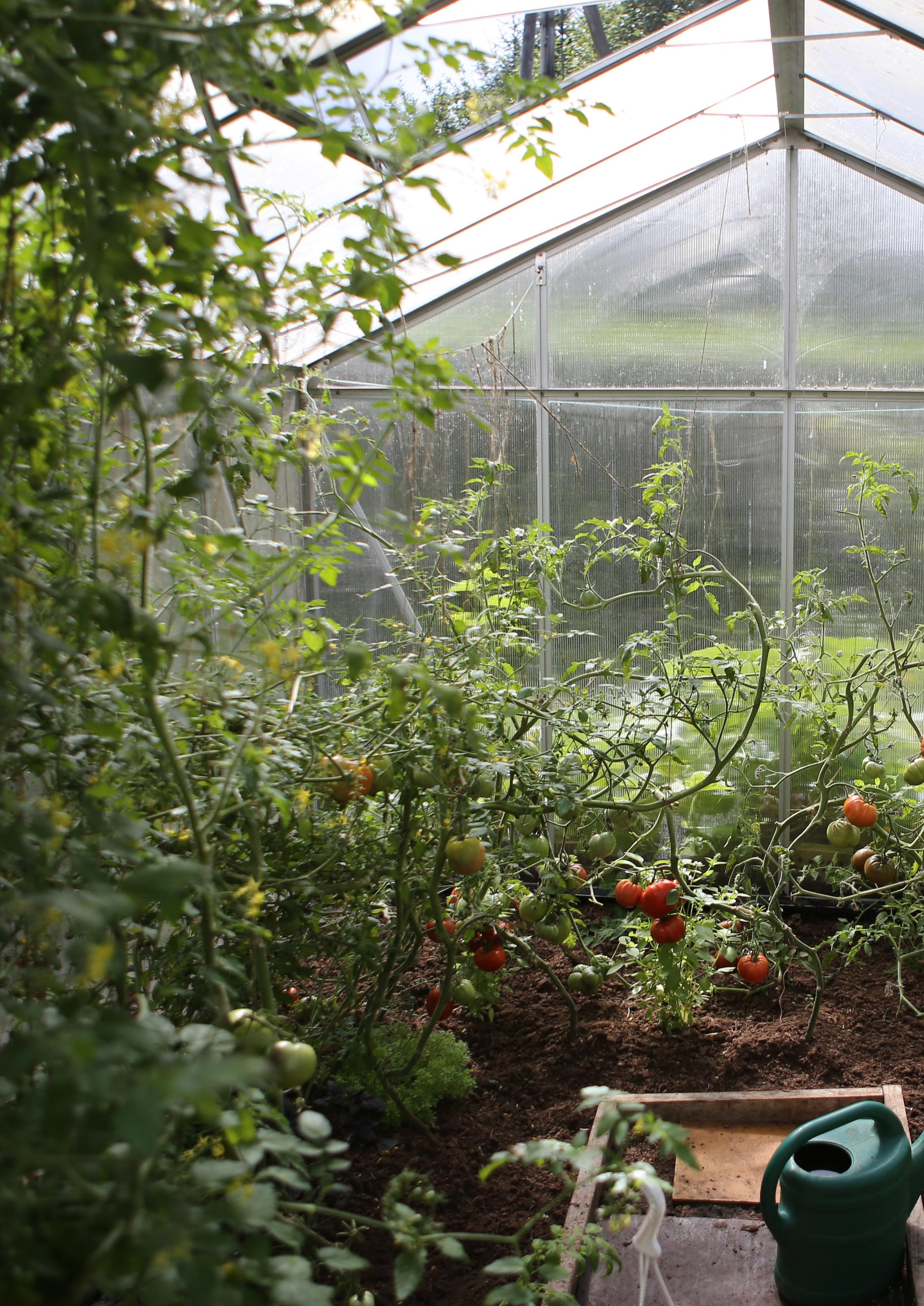
Apply for loans and begin crowdfunding.
Purchase land, site, van and hire and train team of staff. Develop website and app.
Begin recycling using staff fruit and veg waste to kick start process
Launch website and app, along with creating social media channels, begin positng 3x a week
JAN 2023
Begin personal selling as part of B2B promotional campaign.
Traditional media campaign for ‘Don’t throw it, Cultiv8 it’ begins - summer chosen as more people are out and about in the city.
Posting daily on social media - both brand and education related content #trashtotable paid instagram ads launched
Collaboration with mob begins now social media is more established
JAN 2024
Promotional campaign quantifying environmnetal impact
Attend Business expo as part of B2B campaign
FEB 2023 FEB 2024 APR 2024
Guardian newspaper article an start of ‘Don’t throw it, Cultiv8 it’ campaign, also launch instagram paid ads for this
Constantly creating new, exciting educational resources for the website, app and social channels Now more established, financial times article published as part of B2B campaign
Begin to see some produce form. Create a campaign based around the volume produced, quanitifying amounts, and begin donating to food banks
Video with Marcus Rashford and traditional media as part of #trashtotable campaign, December chosen as food insecurity worsens in wintergreater emotional impact on consumers
Continue actively B2B personal selling, increase posting on socials to 2x a day, videos in action on site showing plant growth
Achieve year 3 social media targets and website views through regular posting and engaging campaigns raising brand awareness
Now more established, launch red letter days and team building days
Have acheived year 3 target of 1 teambuilding day/course a month
Campaign raising awareness for Cultiv8’s donations to food banks
Purchase land in Manchester with profits and begin launch social media and traditionasl media campaign in the North of UK
Aaker, D. 1996. Building Strong Brands. New York: Free Press.
Aguilar, F.J. 1967. Scanning the business environment. New York: Macmillan
Amazon, 2023. Addis food waste bin. [Online]. [Accessed 2 January 2023]. Available from: https://www.amazon.co.uk/AddisEveryday-Kitchen-Compost-4-5ltr/dp/B07S6Y9C6Z/ref=asc_df_ B07S6Y9C6Z/?tag=googshopuk-21&linkCode=df0&hvadid=3568366 71542&hvpos=&hvnetw=g&hvrand=15473514209527978552&hvpo ne=&hvptwo=&hvqmt=&hvdev=c&hvdvcmdl=&hvlocint=&hvlocphy=9 046326&hvtargid=pla-774758549423&th=1
Autotrader, 2023. Van for sale in Kent,. [Online]. [Accessed 16 January 2023]. Available from: https://www.autotrader.co.uk/van-search?pos tcode=me194gy&radius=1500&include-delivery-option=on&bodytype=Panel%20Van&year-to=2023
Biffa, 2022. Biffa. [Online]. [Accessed 17 November 2022]. Available from: https://www.biffa.co.uk/business-waste/biffa-bin-range/largewheelie-bins
Billboard advertising, 2022. London. [Online]. [Accessed 16 January 2023]. Available from: https://www.billboardadvertising.org.uk/costs/ london/
Binliners.co.uk, 2023. 140L bin liners. [Online]. [Accessed 16 January 2023]. Available from: https://www.binliners.co.uk/140-litrebiodegradable-compostable-liners/
BioteCH4, 2021. Biotech4 website. [Online]. [Accessed 17 November 2022]. Available from: https://biotech4.co.uk/
Bishop, K., Scott, S., and Marian, P. 2021. Redemptive diets. [Online]. [Accessed 10 November 2022]. Available from: https://www.lsnglobal. com/macro-trends/article/27454/redemptive-diets
Business of Fashion, 2022. The State of Fashion: Technology. Chicago: McKinsey & Company
Buxton, A. 2022. Brits are more climate conscious than ever, according to search engine data. [Online]. [Accessed 2 January 2023]. Available from: https://www.greenqueen.com.hk/uk-climate-conscious-searchdata/
CAF, 2020. UK giving 2020. [Online]. [Accessed 2 January 2023]. Available from: https://www.cafonline.org/about-us/publications/2020publications/uk-giving-2020
Check a salary, 2023. Sales salaries. [Online]. [Accessed 16 January 2023]. Available from: https://www.checkasalary.co.uk/ salaries/sales#:~:text=The%20average%20Sales%20salary%20 is,%C2%A321%2C250%20and%20%C2%A367%2C457.
Chen, Y., Cheng, J.J. and Creamer, K.S. 2008. Inhibition of anaerobic digestion process: A review. Biosource Technology, 99(10), pp.40444064
Collabfund, 2021. Fresh Insights into the growing at home garden trend. [Online]. [Accessed 2 January 2023]. Available from: https:// collabfund.com/blog/fresh-insights-into-the-growing-home-gardentrend/
Darragh, R. 2022. How much do Instagram ads cost. [Online]. [Accessed 16 January 2023]. Available from: https://startups.co.uk/ marketing/instagram-ads-cost/
Dietrich, G. 2014. Spin Sucks: Communication and reputation management in the digital age. United States: Pearson Education Inc.
Di Talia, E., Simeone, M. and Scarpato, D. 2019. Consumer behaviour
types in household food waste. Journal of Cleaner Production, 214, pp. 166-172
Drenik, G. 2022. Eco-Conscious Buyers Are Shifting Consumer Trends, Here’s How Retailers Are Responding. [Online]. [Accessed 24 November 2022]. Available from: https://www.forbes.com/sites/ garydrenik/2022/09/13/eco-conscious-buyers-are-shifting-consumertrends-heres-how-retailers-are-responding/
Ealing Council, [no date]. What happens to recycled food waste? [Online]. [Accessed 10 November 2022]. Available from: https://www. ealing.gov.uk/info/201171/recycling_services/276/what_happens_to_ your_recycling/2
EPA, 2022. How Does Anaerobic Digestion Work? [Online]. [Accessed 18 November 2022]. Available from: https://www.epa.gov/agstar/howdoes-anaerobic-digestion-work
FareShare, 2023. Food waste and hunger in the UK. [Online]. [Accessed 2 January 2023]. Available from: https://fareshare.org. uk/what-we-do/hunger-food-waste/#:~:text=Meanwhile%2C%20 nearly%2014%20million%20people,the%20height%20of%20the%20 pandemic
Financial times, 2023. Financial times rates. [Online]. [Accessed 16 January 2023]. Available from: https://commercial.ft.com/our-products/ financial-times/?tab=rates
Full Harvest, [no date]. Full harvest website. [Online]. [Accessed 17 November 2022]. Available from: https://www.fullharvest.com/
Goncalves, M. 2022. Sainsburys removing ‘best before’ dates on almost 300 lines. [Online]. [Accessed 17 November 2022]. Available from: https://www.thegrocer.co.uk/sainsburys/sainsburys-removingbest-before-dates-on-almost-300-lines/670915.article
Google Trends, 2023. Veganism. [Online]. [Accessed 2 January 2023]. Available from: https://trends.google.com/trends/ explore?q=%2Fm%2F07_hy
Gov.UK. 2023. Agricultural workers rights. [Online]. [Accessed 16 January 2023]. Available from: https://www.gov.uk/agriculturalworkers-rights/pay-and-overtime
Hall, L., 2022. Big Ideas 2024: Fashion. New York: WGSN
Imperfect foods, 2022. [Online]. [Accessed 2 January 2023]. Available from: https://www.imperfectfoods.com/
Inguglia, E. 2021. From trash to table – the growing opportunities of upcycling. [Online]. [Accessed 2 January 2023]. Available from: https://blog.brinc.io/from-trash-to-table-the-growing-opportunities-ofupcycling-3cf65633a3ef
Kapfrerer, J.-N. and Azoulay, A. 2003. Do brand personality scales really measure brand personality? Journal of brand management, 11(2), pp.143-155
Kingfisher direct, 2023. Standard wheelie bin. [Online]. [Accessed 16 January 2023]. Available from: https://www.kingfisherdirect.co.uk/240litre-standard-wheelie-bin?gclid=Cj0KCQiAlKmeBhCkARIsAHy7W VsJN1TWUYsu-pt6JEYKedncMgsx0-NHjuuDTcZEPuPWXFOlTTiwa0aAmO5EALw_wcB
Levitt, T. 1980. Marketing success through differentiation – of anything. Harvard Business Review, [no pagination]
Lewis, E.S. 1899. Side Talks about Advertising. The Western Druggist. 21(1). pp.65-66.
Liao, C. et al. 2022. Exploring food waste prevention through advent food consumption: The role of perceived conern, consumer value and impulse buying. Frontiers in Sustainable Food Systems, 6, article no: 988260 [no pagination]
Lin, J., Lobo, A. and Leckie, C. 2017. The role of benefits and transparency in shaping consumer green perceived value, self-brand connection and brand loyalty. Journal of Retailing and Consumer Services, 35, pp. 133-141
Marketing & Creative handbook, 2022. How much does outdoor advertising cost? [Online]. [Accessed 16 January 2023]. Available from: https://mch.co.uk/how-much-does-outdoor-advertising-cost. shtml#:~:text=Buses%20and%20taxis,%C2%A36%2C700%20for%20 4%20weeks.
Marketing donut 2023. Why should I take part in an exhibition? [Online]. [Accessed 16 January 2023]. Available from: https://www. marketingdonut.co.uk/pr-and-promotion/exhibitions/exhibition-faqs
Mastercard, 2021. Consumer passion for the environment frows as a result of the pandemic. [Online]. [Accessed 2 January 2023]. Available from: https://www.mastercard.com/news/insights/2021/consumerattitudes-environment/
Matchar, E. 2020. The rise of ‘zero-waste’ restaurants. [Online]. [Accessed 2 January 2023]. Available from: https:// www.smithsonianmag.com/innovation/rise-zero-wasterestaurants-180974394/
Mintel, 2022. Global Consumer Trends. London: Mintel
Natwest, 2020. Does AD pay off on smaller farms? [Online]. [Accessed 16 January 2023]. Available from: https://www.natwest.com/business/ insights/sector-trends/agriculture/does-anaerobic-digestion-pay-offon-smaller-farms.html
Natwest, 2023. Community business loans. [Online]. [Accessed 16 January 2023]. Available from: https://www.natwest.com/business/ loans-and-finance/social-and-community-capital/community-businessloan.html
Oddbox, 2022. [Online]. [Accessed 17 November 2022]. Available from: https://www.oddbox.co.uk/box-page?gclid=Cj0KCQiA8aOeBhC WARIsANRFrQHTt3LaG_vwhM-naoOxu0LlnUpmQgnKtwuXOCvyxWg Z1cLVPejsP9oaAqhREALw_wcB
Osterwalder, A., Pigneur, Y., Bernarda, G. and Smith, A. 2014. Value proposition design. New Jersey: Wiley.
Plate2Plate Compost, 2017. [Online]. [Accessed 17 November 2022]. Available from: https://www.plate2platecompost.com/ Premier polytunnels, [no date]. [Online]. [Accessed 16 January 2023]. Available from: https://www.premierpolytunnels.co.uk/shop/ polytunnels/27ft-wide/
Posner, H. 2015. Marketing fashion: Strategy, branding and promotion. 2nd ed. London: Laurence King
Ranglerz, 2023. Mobile app development cost in UK. [Online]. [Accessed 16 January 2023]. Available from: https://www.ranglerz. com/mobile-app-development-cost-in-uk.php
Recycle now, [no date]. Food waste. [Online]. [Accessed 18 November 2022]. Available from: https://www.recyclenow.com/recycle-an-item/ food-waste
Reilly, K. 2020. How to Grow Fruits & Vegetables from Food Scraps. [Online]. [Accessed 18 November 2022]. Available from: https://www. eatingwell.com/article/290729/how-to-grow-fruits-vegetables-from-
food-scraps/
Rightmove, 2023. Land for sale in de beauvoir chase. [Online]. [Accessed 2 January 2023]. Available from: https://www. rightmove.co.uk/properties/126237305#/media?channel=COM_ BUY&id=media3&ref=photoCollage
Riverford organic farmers, 2022. Riverford website. [Online]. [Accessed 18 November 2022]. Available from: https://www.riverford.co.uk/
Rogers, E. 1995. Diffusion of Innovations. New York: Free Press. Rolfe, G., Freshwater, D. and Jasper, M. (2001). Critical reflection in nursing and the helping professions: a user’s guide. Basingstoke: Palgrave Macmillan.
Royal Mail, 2023. Send an item. [Online]. [Accessed 16 January 2023]. Available from: https://send.royalmail.com/send/
Soma, T., Li, B. and Maclaren, V. 2020. Food Waste Reduction: A Test of Three Consumer Awareness Interventions. Sustainability, 12(3), pp.907-926
Szymanska, A. and Laughlin, S. 2015. Whole-System Thinking. [Online]. [Accessed 24 November 2022]. Available from: https://www.lsnglobal. com/macro-trends/article/17236/whole-system-thinking
The Guardian, 2023. Our rate card. [Online]. [Accessed 16 January 2023]. Available from: https://advertising.theguardian.com/advertising/ rates
The Vegan Society, 2022. Worldwide growth of veganism. [Online]. [Accessed 24 November 2022]. Available from: https://www. vegansociety.com/news/media/statistics/worldwide
UKpackaging, 2023. Kraft tape. [Online]. [Accessed 16 January 2023]. Available from: https://www.ukpackaging.com/kraft-paper-customprinted-tape#tab-description
United Nations, 2022. The Sustainable Development Goals Report 2022. New York: United Nations
Veolia, 2022. [Online]. [Accessed 17 November 2022]. Available from: https://quote.veolia.co.uk/s/
Vistaprint, 2023. Posters. [Online]. [Accessed 16 January 2023]. Available from: https://www.vistaprint.co.uk/signs-posters/posters Williams, 2022. How much does a website cost. [Online]. [Accessed 16 January 2023]. Available from: https://startups.co.uk/websites/ creating/how-much-does-a-website-cost/
Wojciechowska-Solis, J. and Smiglak-Krajewska, M. 2020. Consumer Education and Food Waste: An Example of the Bakery Market the Case of Young Consumer. European Research Studies Journal, 23(1), pp.89-96
Wonky veg boxes, 2021. [Online]. [Accessed 17 November 2022]. Available from: https://wonkyvegboxes.co.uk/
WRAP, 2020. Food Surplus and Waste in the UK – Key Facts. Oxford: The Waste and Resources Action Programme
WRAP, 2022. WRAP food loss and waste research summary report, Sept 2022. Oxford: The Waste and Resources Action Programme
Figure 1: Spratt, A. 2019. NOMA. [Online]. [Accessed 15 November 2022]. Available from: https://unsplash.com
Figure 2: Casap, E. 2016. Tomato garden. [Online]. [Accessed 15 November 2022]. Available from: https://unsplash.com
Figure 3: Flaticon.com, 2023. Fruit icon. [Online]. [Accessed 2 January 2023]. Available from: https://www.flaticon.com/
Figure 4: Flaticon.com, 2023. Vegetable icon. [Online]. [Accessed 2 January 2023]. Available from: https://www.flaticon.com/
Figure 5: Flaticon.com, 2023. Greens icon. [Online]. [Accessed 2 January 2023]. Available from: https://www.flaticon.com/
Figure 6: Flaticon.com, 2023. Half icon. [Online]. [Accessed 2 January 2023]. Available from: https://www.flaticon.com/
Figure 7: Flaticon.com, 2023. Scraps icon. [Online]. [Accessed 2 January 2023]. Available from: https://www.flaticon.com/
Figure 8: Flaticon.com, 2023. Seed icon. [Online]. [Accessed 2 January 2023]. Available from: https://www.flaticon.com/
Figure 9: Flaticon.com, 2023. Greenhouse icon. [Online]. [Accessed 2 January 2023]. Available from: https://www.flaticon.com/ Figure 10: Flaticon.com, 2023. Time icon. [Online]. [Accessed 2 January 2023]. Available from: https://www.flaticon.com/
Figure 11: Flaticon.com, 2023. Harvest icon. [Online]. [Accessed 2 January 2023]. Available from: https://www.flaticon.com/
Figure 12: Flaticon.com, 2023. Delivery icon. [Online]. [Accessed 2 January 2023]. Available from: https://www.flaticon.com/
Figure 13: Flaticon.com, 2023. Donation icon. [Online]. [Accessed 2 January 2023]. Available from: https://www.flaticon.com/
Figure 14: Flaticon.com, 2023. Education icon. [Online]. [Accessed 2 January 2023]. Available from: https://www.flaticon.com/
Figure 15: Rounce, S. 2018. Team building. [Online]. [Accessed 15 November 2022]. Available from: https://unsplash.com
Figure 16: Flaticon.com, 2023. Climate change icon. [Online]. [Accessed 2 January 2023]. Available from: https://www.flaticon.com/
Figure 17: Flaticon.com, 2023. Cost icon. [Online]. [Accessed 2 January 2023]. Available from: https://www.flaticon.com/
Figure 18: Flaticon.com, 2023. Table icon. [Online]. [Accessed 2 January 2023]. Available from: https://www.flaticon.com/
Figure 19: Flaticon.com, 2023. Ethics icon. [Online]. [Accessed 2 January 2023]. Available from: https://www.flaticon.com/
Figure 20: Flaticon.com, 2023. Diet icon. [Online]. [Accessed 2 January 2023]. Available from: https://www.flaticon.com/
Figure 21: Schaeffer, Z. 2021. Untitled. [Online]. [Accessed 15 November 2022]. Available from: https://unsplash.com
Figure 22: Flaticon.com, 2023. Awareness icon. [Online]. [Accessed 2 January 2023]. Available from: https://www.flaticon.com/
Figure 23: Flaticon.com, 2023. Demographics icon. [Online]. [Accessed 2 January 2023]. Available from: https://www.flaticon.com/
Figure 24: Smartworks Coworking, 2019. Untitled. [Online]. [Accessed 15 November 2022]. Available from: https://unsplash.com
Figure 25: Unboxed, 2020. Corporate sustainability. [Online]. [Accessed 15 November 2022]. Available from: https:// unboxedtechnology.com/blog/the-difference-between-sustainabilityand-corporate-social-responsibility/
Figure 26: LightRocket. 2021. Nando’s runs out of chicken. [Online]. [Accessed 15 November 2022]. Available from: https://www.mirror. co.uk/money/nandos-list-branches-closed-24772687
Figure 27: Gettyimages. 2019. Pizza express: we’re still making dough. [Online]. [Accessed 15 November 2022]. Available from: https://www. bbc.co.uk/news/business-49971767
Figure 28: Hoover, E. 2017. Shot this in NYC. [Online]. [Accessed 15 November 2022]. Available from: https://unsplash.com
Figure 29: Distel, A. 2019. Untitled. [Online]. [Accessed 15 November 2022]. Available from: https://unsplash.com
Figure 30: Rodriguez, J. 2017. Barista life. [Online]. [Accessed 15 November 2022]. Available from: https://unsplash.com
Figure 31: Spratt, A. 2017. Untitled. [Online]. [Accessed 15 November 2022]. Available from: https://unsplash.com
Figure 32: Cagle, B. 2018. Untitled. [Online]. [Accessed 15 November 2022]. Available from: https://unsplash.com
Figure 33: Le, T. 2019. Untitled. [Online]. [Accessed 15 November 2022]. Available from: https://unsplash.com
Figure 34: Burton, D. 2020. Untitled. [Online]. [Accessed 15 November 2022]. Available from: https://unsplash.com
Figure 35: Harrington, K. 2017. Untitled. [Online]. [Accessed 15 November 2022]. Available from: https://unsplash.com
Figure 36: Distel, A. 2019. Untitled. [Online]. [Accessed 15 November 2022]. Available from: https://unsplash.com
Figure 37: Samson, 2016. Tall skyscrapers in Calgary. [Online]. [Accessed 15 November 2022]. Available from: https://unsplash.com
Figure 38: Carstens-Peters, G. 2017. Write a book. [Online]. [Accessed 15 November 2022]. Available from: https://unsplash.com
Figure 39: Adeoye, A. 2017. Lady running in a park in London. [Online]. [Accessed 15 November 2022]. Available from: https://unsplash.com
Figure 40: van de Heuvel, M. 2017. Cooking. [Online]. [Accessed 15 November 2022]. Available from: https://unsplash.com
Figure 41: Muniz, J. 2020. Friends. [Online]. [Accessed 15 November 2022]. Available from: https://unsplash.com
Figure 42: Prudente, P. 2019. Family. [Online]. [Accessed 15 November 2022]. Available from: https://unsplash.com
Figure 43: Sigmund, 2020. Recycling. [Online]. [Accessed 15 November 2022]. Available from: https://unsplash.com
Figure 44: Urban, F. 2021. Child gardening. [Online]. [Accessed 15 November 2022]. Available from: https://unsplash.com
Figure 45: Linkedin Sales Solution. 2017. Untitled. [Online]. [Accessed 15 November 2022]. Available from: https://unsplash.com
Figure 46: Dean, J. 2020. Untitled. [Online]. [Accessed 15 November 2022]. Available from: https://unsplash.com
Figure 47: Michel, J. 2021. Family picture. [Online]. [Accessed 15 November 2022]. Available from: https://unsplash.com
Figure 48: Flaticon.com, 2023. Objective icon. [Online]. [Accessed 2 January 2023]. Available from: https://www.flaticon.com/
Figure 49: Chaikulngamdee, F. 2017. Untitled. [Online]. [Accessed 15 November 2022]. Available from: https://unsplash.com
Figure 50: Fath, R. 2020. Food practice for a menu shoot. [Online]. [Accessed 15 November 2022]. Available from: https://unsplash.com
Figure 51: Muniz, J. 2020. Community power. [Online]. [Accessed 15 November 2022]. Available from: https://unsplash.com
Figure 52: Spiske, M. 2018. Fresh harvest. [Online]. [Accessed 15 November 2022]. Available from: https://unsplash.com
Figure 53: Peel, S. 2018. Vegetable platter. [Online]. [Accessed 15 November 2022]. Available from: https://unsplash.com
Figure 54: charlesdeluvio, 2020. Delicata squash. [Online]. [Accessed 15 November 2022]. Available from: https://unsplash.com
Figure 55: Kemper, J. 2021. Untitled. [Online]. [Accessed 15 November 2022]. Available from: https://unsplash.com
Figure 56: Thomas, M. 2016. Untitled. [Online]. [Accessed 15 November 2022]. Available from: https://unsplash.com
Figure 57: Flaticon.com, 2023. Price icon. [Online]. [Accessed 2 January 2023]. Available from: https://www.flaticon.com/
Figure 58: Rightmove, 2023. Land for sale in de beauvoir chase. [Online]. [Accessed 2 January 2023]. Available from: https://www. rightmove.co.uk/properties/126237305#/media?channel=COM_ BUY&id=media3&ref=photoCollage
Figure 59: Keith, M. 2023. Cultiv8 App mockup. Leeds: University of Leeds
Figure 60: Keith, M. 2023. Cultiv8 App mockup. Leeds: University of Leeds
Figure 61: Keith, M. 2023. Cultiv8 website mockup. Leeds: University of Leeds
Figure 62: Keith, M. 2023. Cultiv8 bin mockup. Leeds: University of Leeds
Figure 63: Keith, M. 2023. Cultiv8 bin bags mockup. Leeds: University of Leeds
Figure 64: Keith, M. 2023. Cultiv8 information poster mockup. Leeds: University of Leeds
Figure 65: Keith, M. 2023. Cultiv8 bin bags mockup. Leeds: University of Leeds
Figure 66: Amazon, 2023. Addis food waste bin. [Online]. [Accessed 2 January 2023]. Available from: https://www.amazon.co.uk/AddisEveryday-Kitchen-Compost-4-5ltr/dp/B07S6Y9C6Z/ref=asc_df_ B07S6Y9C6Z/?tag=googshopuk-21&linkCode=df0&hvadid=3568366 71542&hvpos=&hvnetw=g&hvrand=15473514209527978552&hvpo ne=&hvptwo=&hvqmt=&hvdev=c&hvdvcmdl=&hvlocint=&hvlocphy=9 046326&hvtargid=pla-774758549423&th=1
Figure 67: Keith, M. 2023. Cultiv8 box mockup. Leeds: University of Leeds
Figure 68: Keith, M. 2023. Cultiv8 secondary packaging mockup. Leeds: University of Leeds
Figure 69: Keith, M. 2023. Cultiv8 tape mockup. Leeds: University of Leeds
Figure 70: Keith, M. 2023. Cultiv8 information booklet mockup. Leeds: University of Leeds
Figure 71: Flaticon.com, 2023. Van driver icon. [Online]. [Accessed 2 January 2023]. Available from: https://www.flaticon.com/
Figure 72: Flaticon.com, 2023. Sales person icon. [Online]. [Accessed 2 January 2023]. Available from: https://www.flaticon.com/
Figure 73: Flaticon.com, 2023. Teacher icon. [Online]. [Accessed 2 January 2023]. Available from: https://www.flaticon.com/
Figure 74: Flaticon.com, 2023. Gardener icon. [Online]. [Accessed 2 January 2023]. Available from: https://www.flaticon.com/
Figure 75: Flaticon.com, 2023. Customer service icon. [Online]. [Accessed 2 January 2023]. Available from: https://www.flaticon.com/
Figure 76: Flaticon.com, 2023. Awareness icon. [Online]. [Accessed 2 January 2023]. Available from: https://www.flaticon.com/
Figure 77: Keith, M. 2023. Cultiv8 advert mockup. Leeds: University of Leeds
Figure 78: Keith, M. 2023. Cultiv8 mob instagram mockup. Leeds: University of Leeds
Figure 79: Keith, M. 2023. Cultiv8 guardian article mockup. Leeds: University of Leeds
Figure 80: Keith, M. 2023. Cultiv8 advert mockup. Leeds: University of Leeds
Figure 81: Keith, M. 2023. Cultiv8 advert mockup. Leeds: University of Leeds
Figure 82: Keith, M. 2023. Cultiv8 marcus rashford mockup. Leeds: University of Leeds
Figure 83: Keith, M. 2023. Cultiv8 banner mockup. Leeds: University of Leeds
Figure 84: Keith, M. 2023. Cultiv8 financial times mockup. Leeds: University of Leeds
Figure 85: Keith, M. 2023. Cultiv8 information booklet mockup. Leeds: University of Leeds
Figure 86: Schaeffer, Z. 2021. Untitled. [Online]. [Accessed 15 November 2022]. Available from: https://unsplash.com
Figure 87: www.zanda.photography. 2018. My mums tomatoes. [Online]. [Accessed 15 November 2022]. Available from: https:// unsplash.com
Diagram 1: Keith, M. 2022. Cultiv8 B2B positioning map. [Diagram]. Leeds: University of Leeds
Diagram 2: Keith, M. 2022. Cultiv8 B2C positioning map. [Diagram]. Leeds: University of Leeds
Diagram 3: Keith, M. 2023. Cultiv8 total product concept. [Diagram]. Leeds: University of Leeds
Diagram 4: Keith, M. 2023. Cultiv8 process and consumer journey. [Diagram]. Leeds: University of Leeds
Table 1: Keith, M. 2023. Don’t throw it, cultiv8 it promotional campaign. [Table]. Leeds: University of Leeds
Table 2: Keith, M. 2023. Trashtotable promotional campaign. [Table]. Leeds: University of Leeds
Table 3: Keith, M. 2023. B2B promotional campaign. [Table]. Leeds: University of Leeds
Table 4: Keith, M. 2023. Cultiv8 start-up costs. [Table]. Leeds: University of Leeds
Table 5: Keith, M. 2023. Cultiv8 year 1 campaign costs. [Table]. Leeds: University of Leeds
Table 6: Keith, M. 2023. Cultiv8 sales-based costs. [Table]. Leeds: University of Leeds
Table 7: Keith, M. 2023. Cultiv8 funding. [Table]. Leeds: University of Leeds
Table 8: Keith, M. 2023. Cultiv8 revenue estimates. [Table]. Leeds: University of Leeds